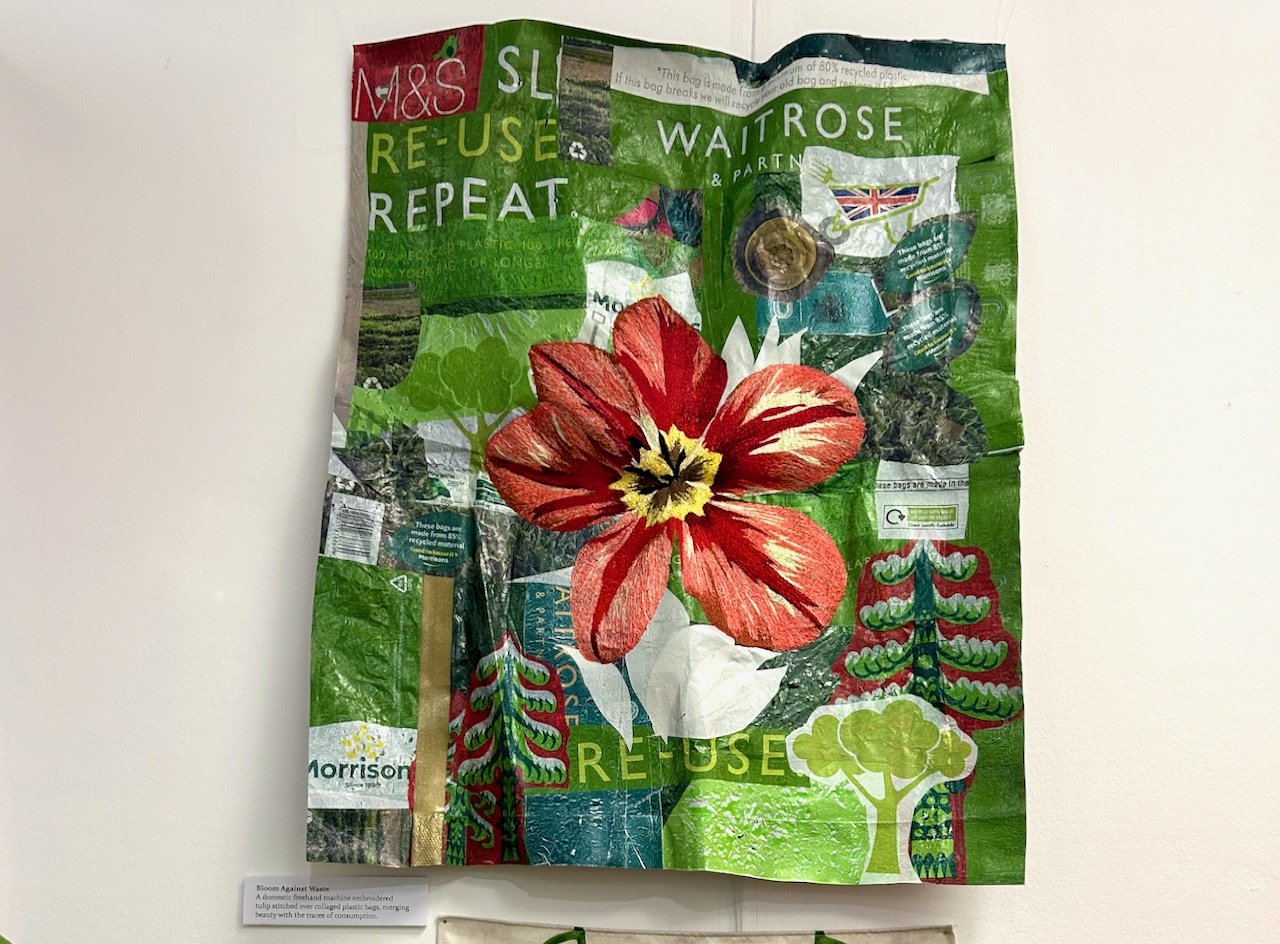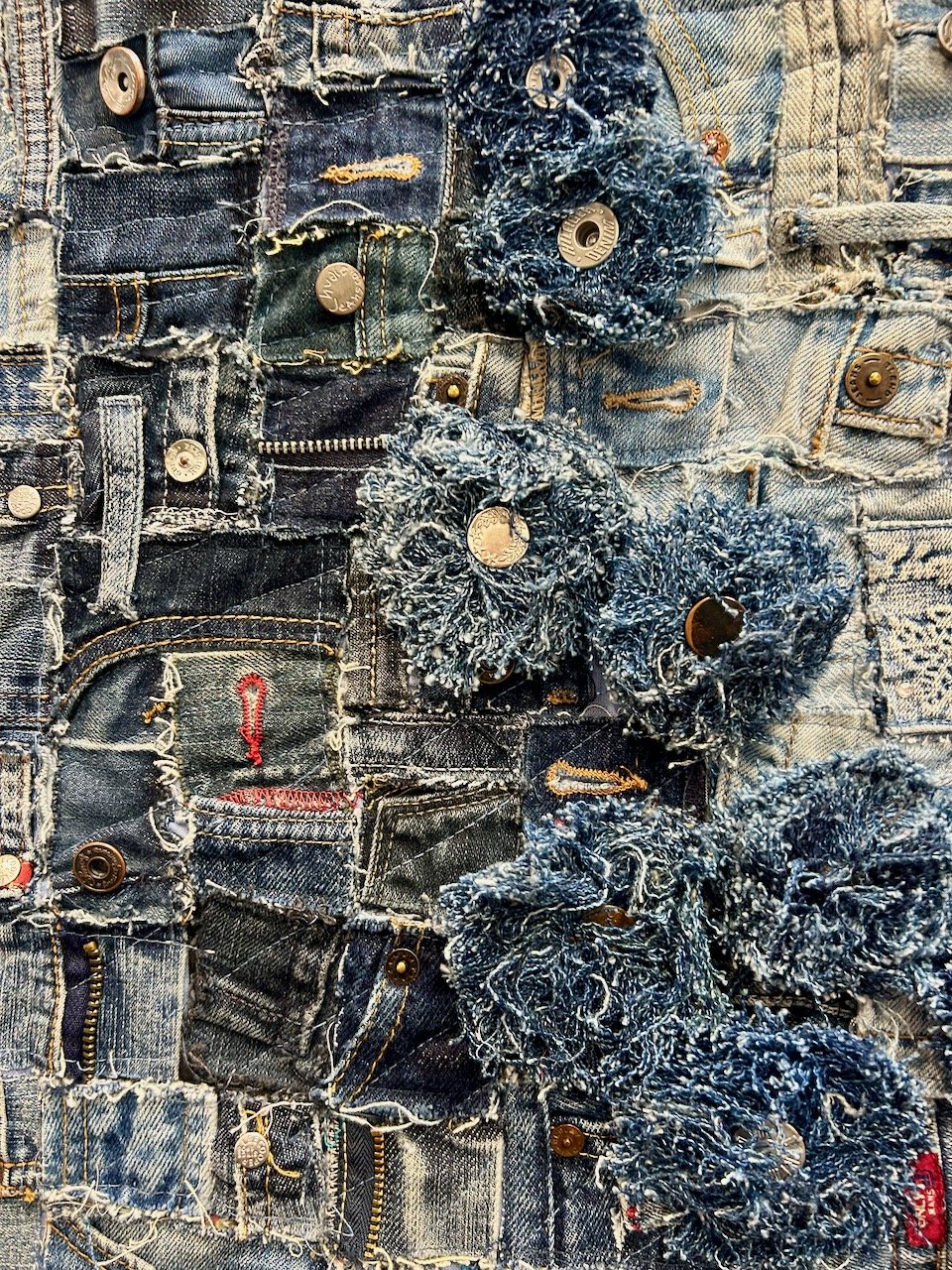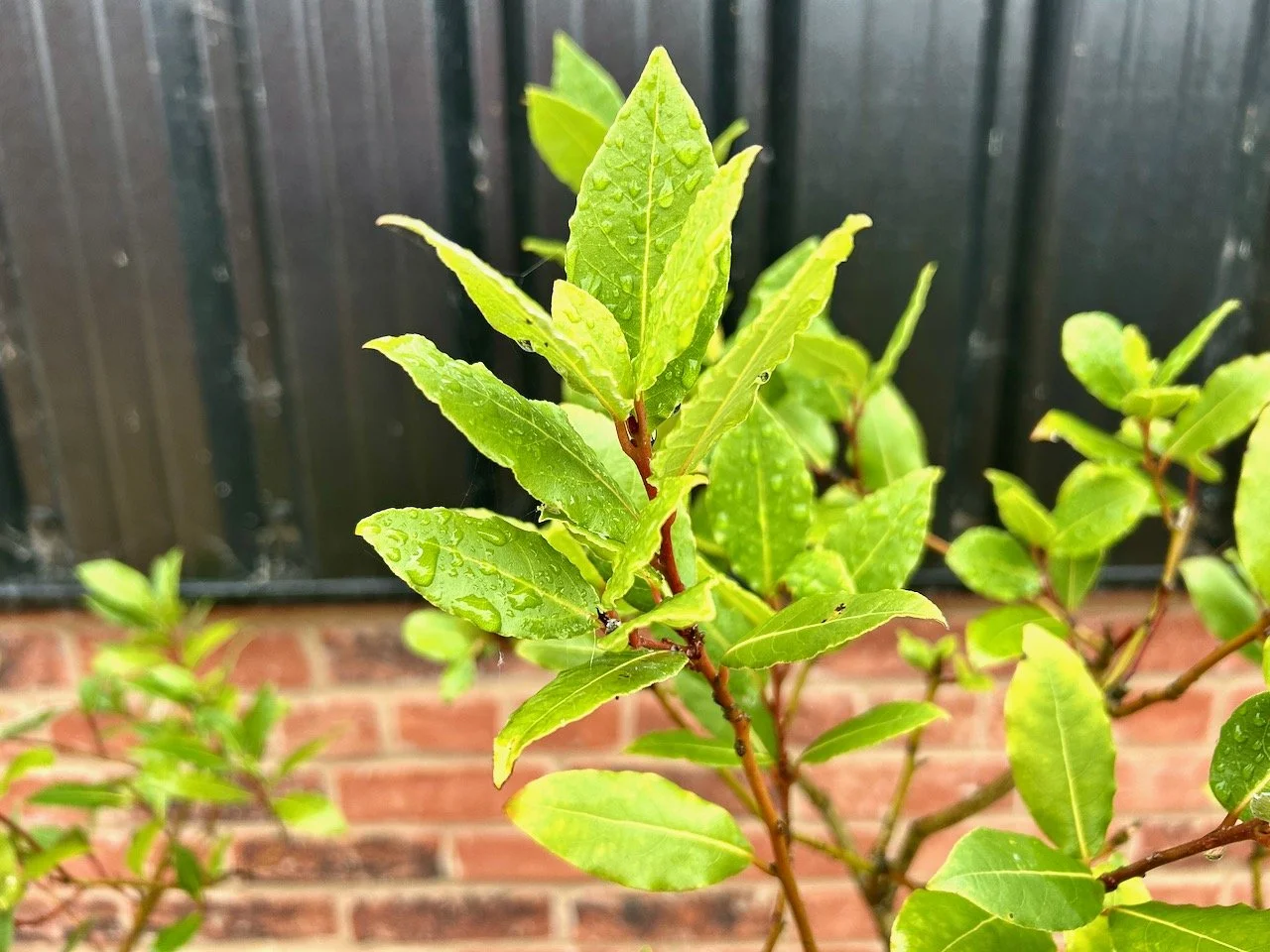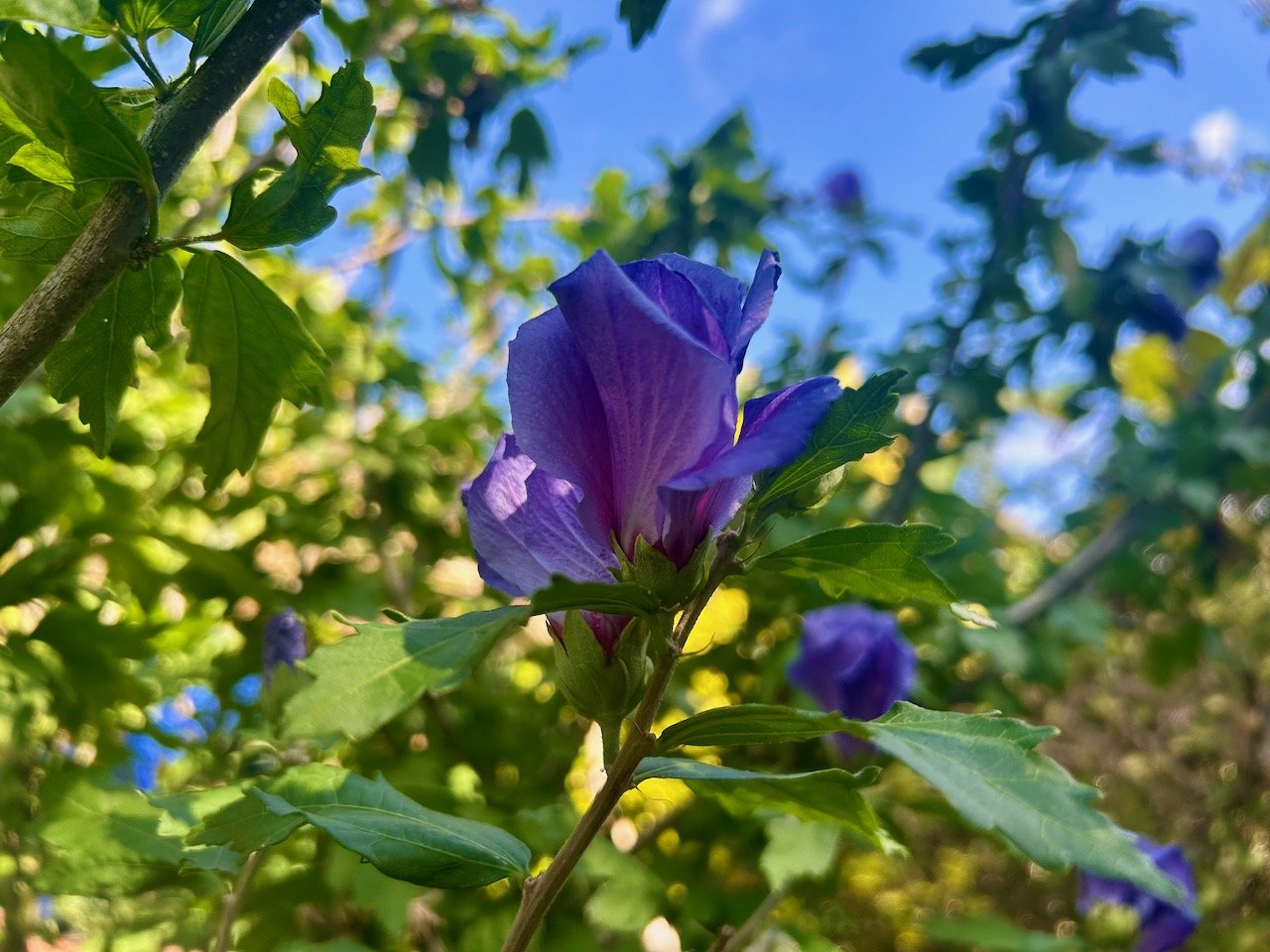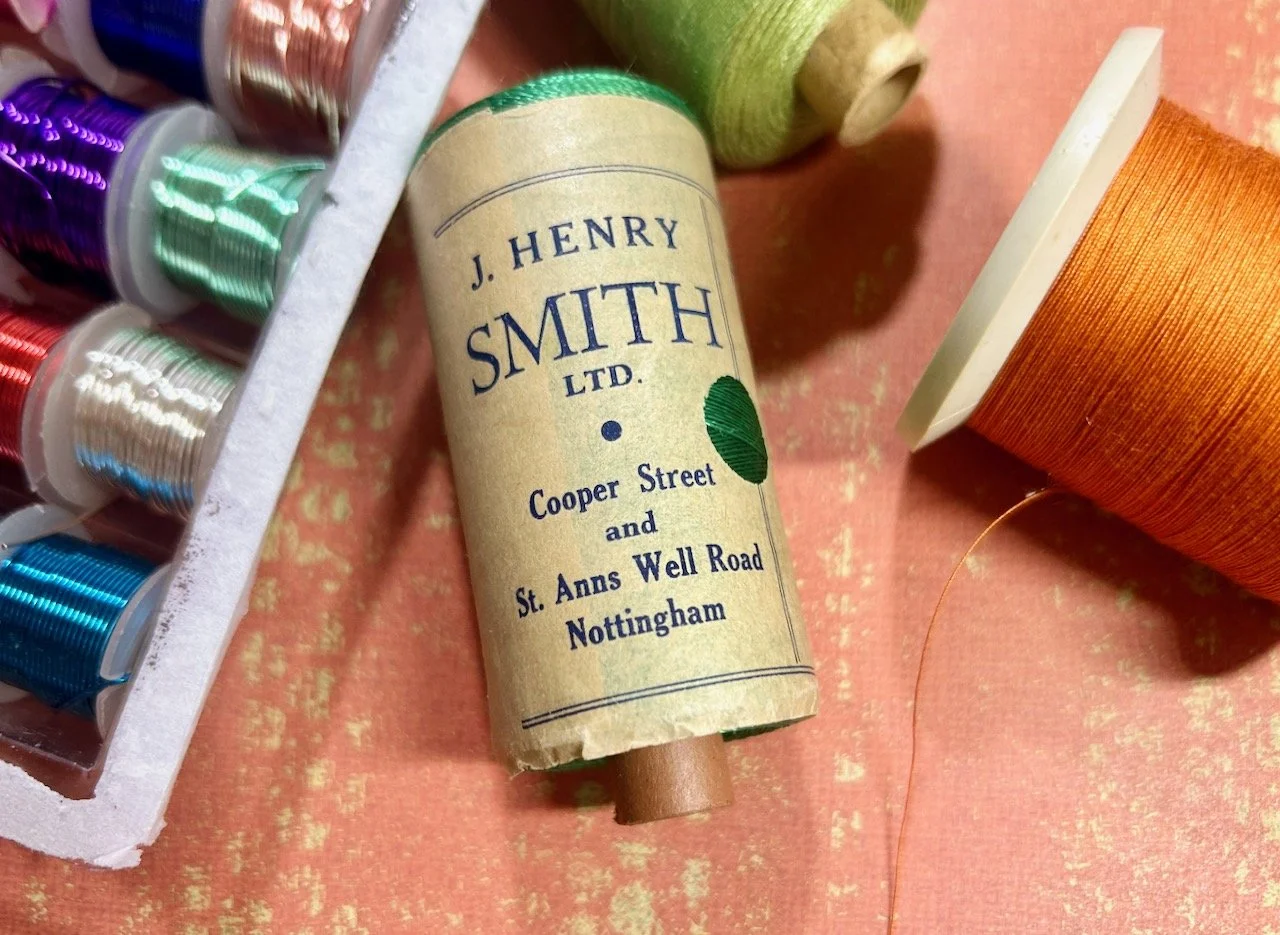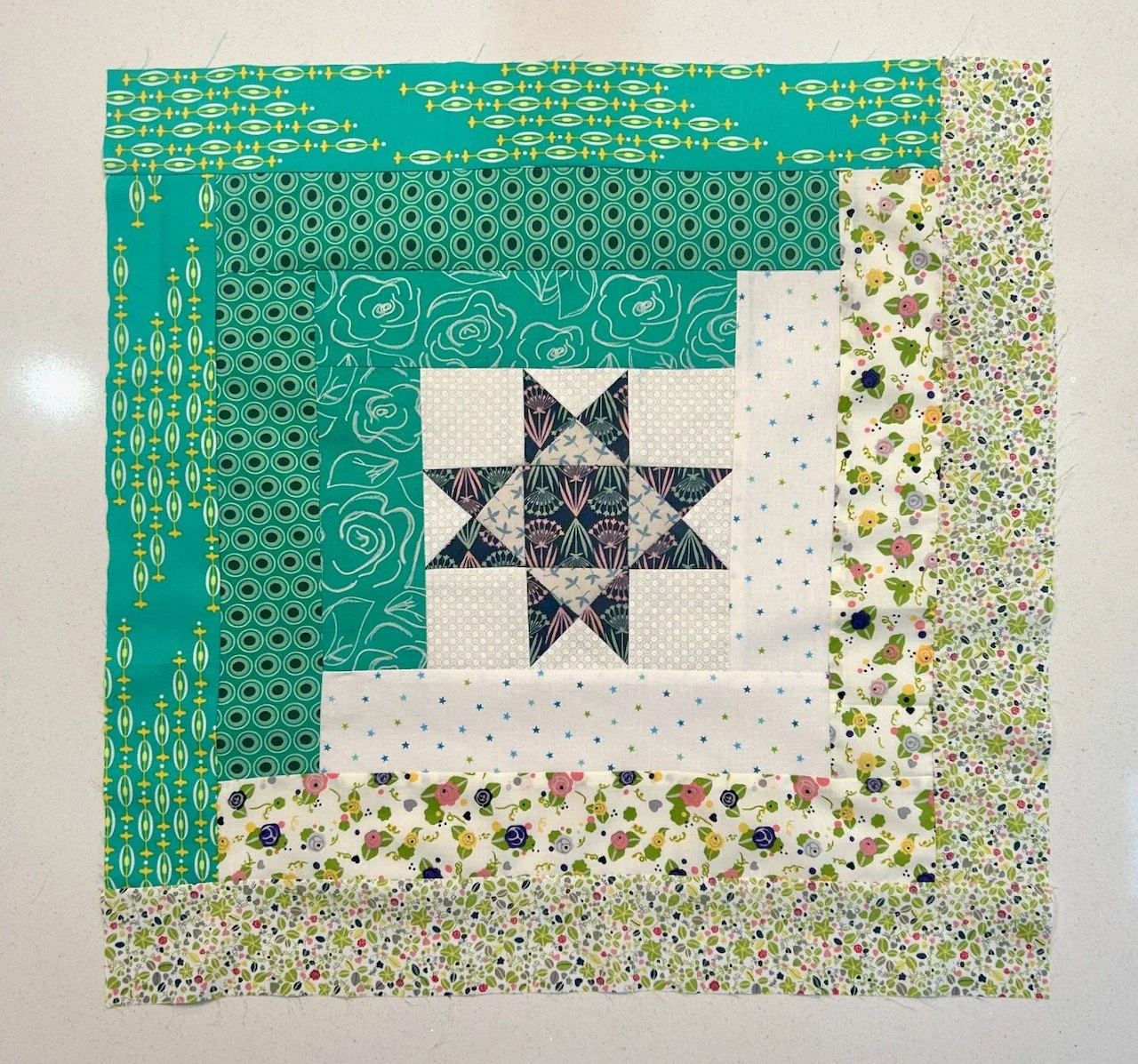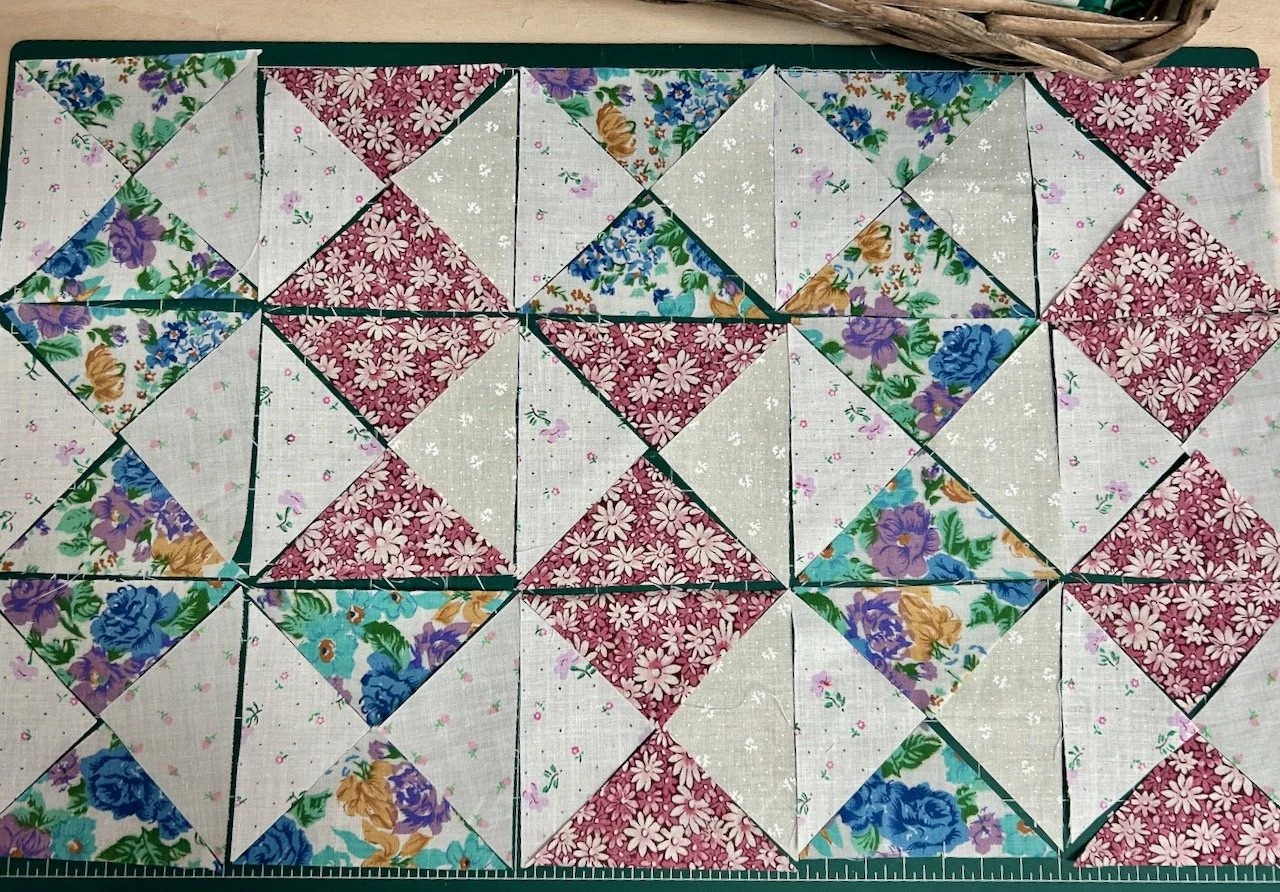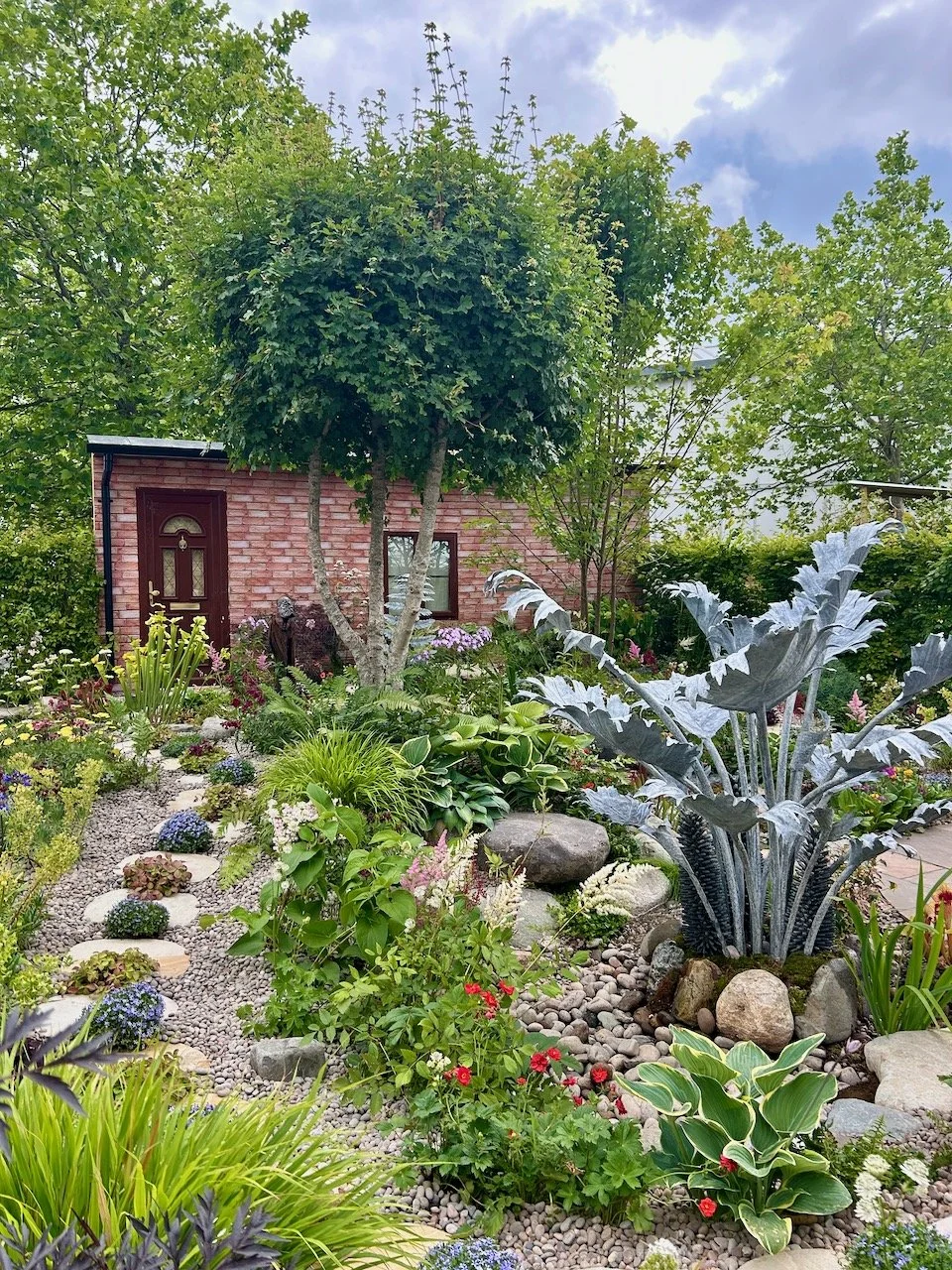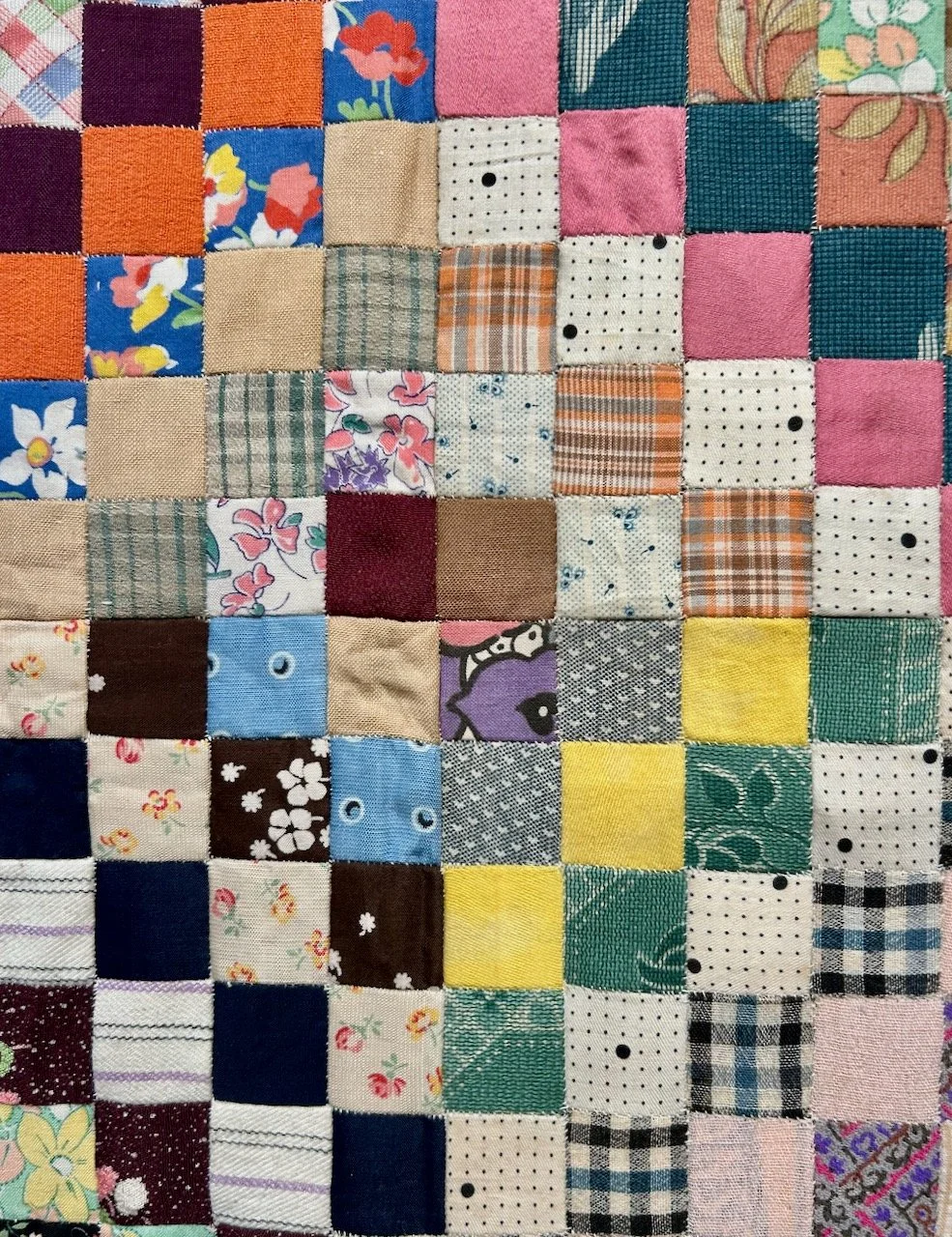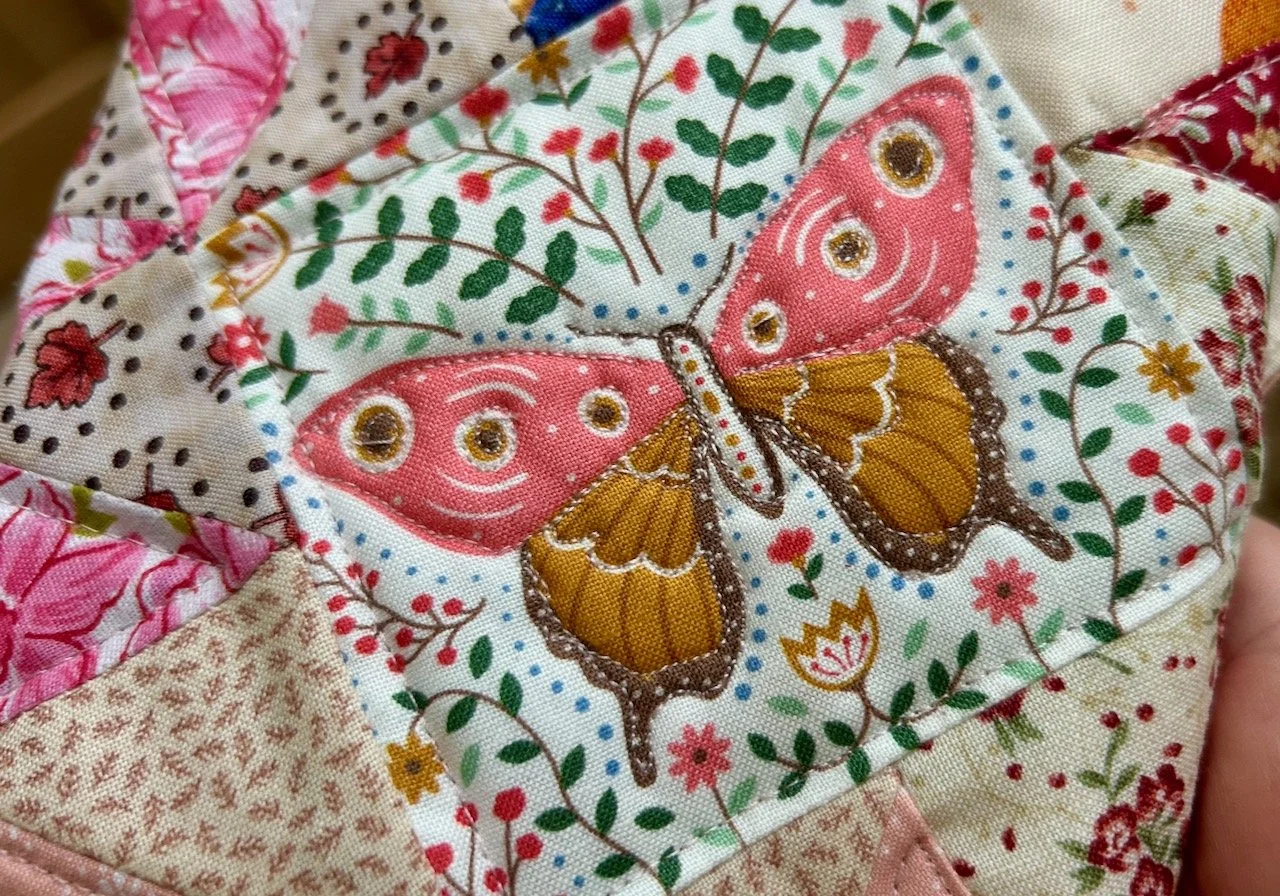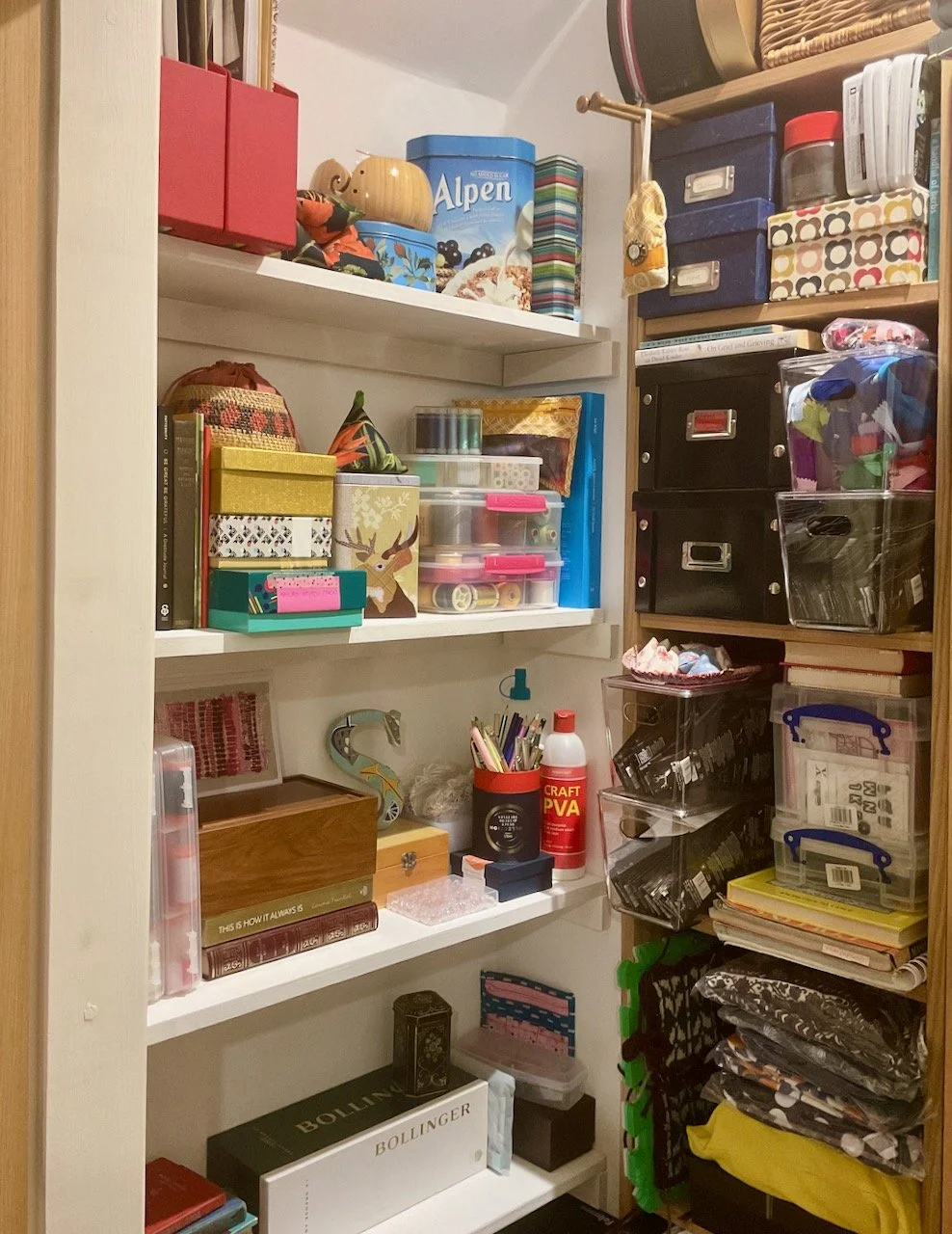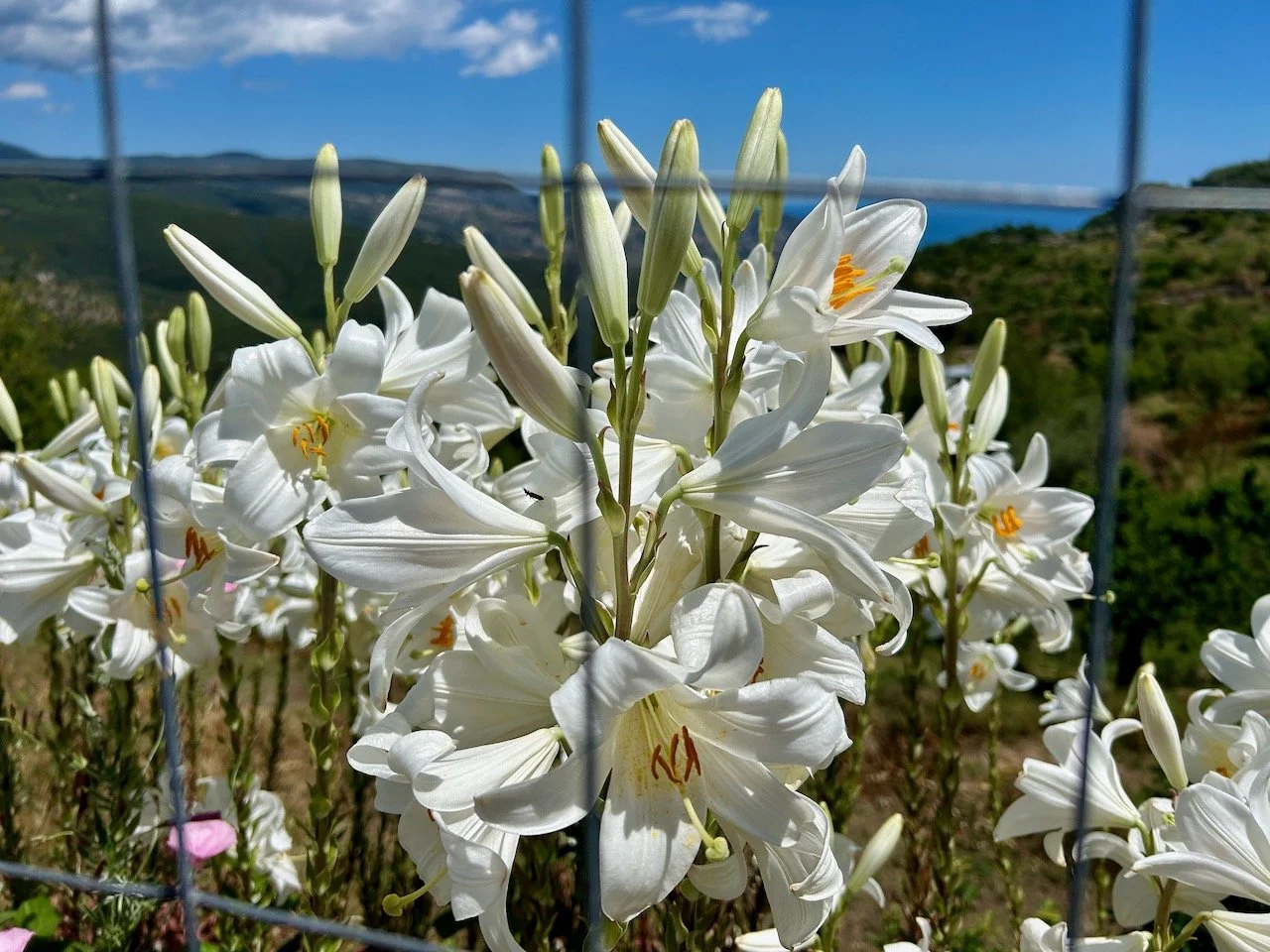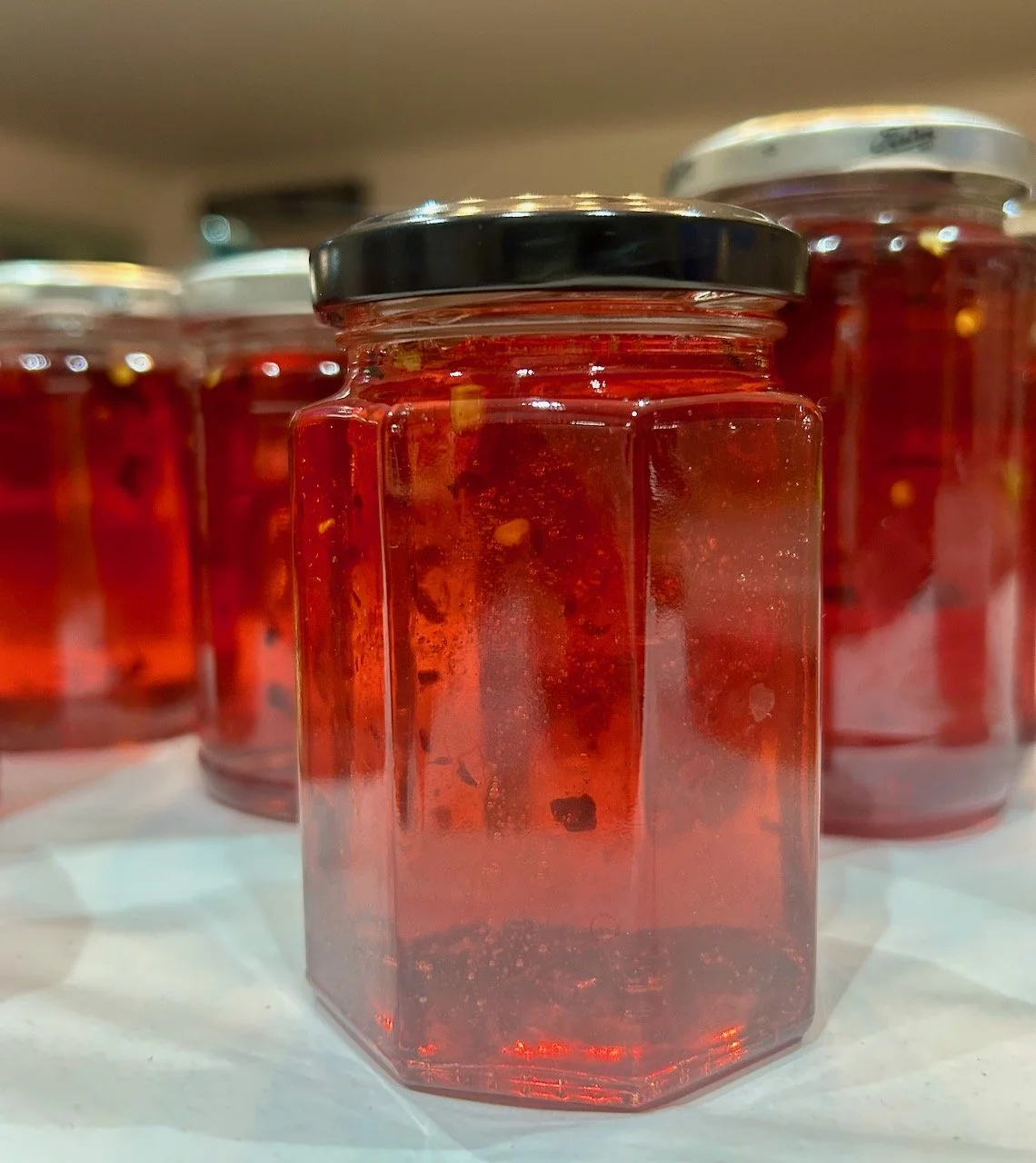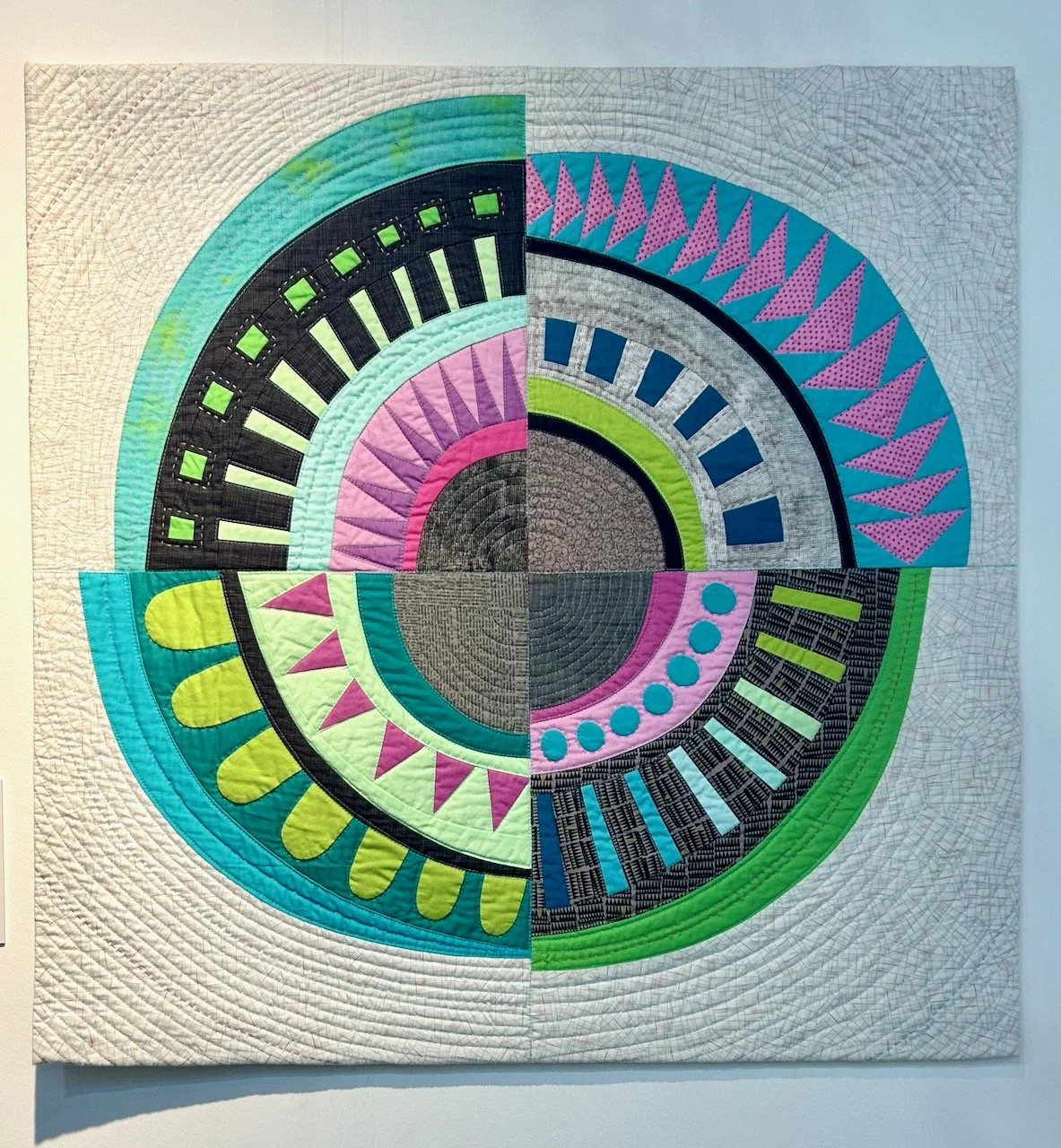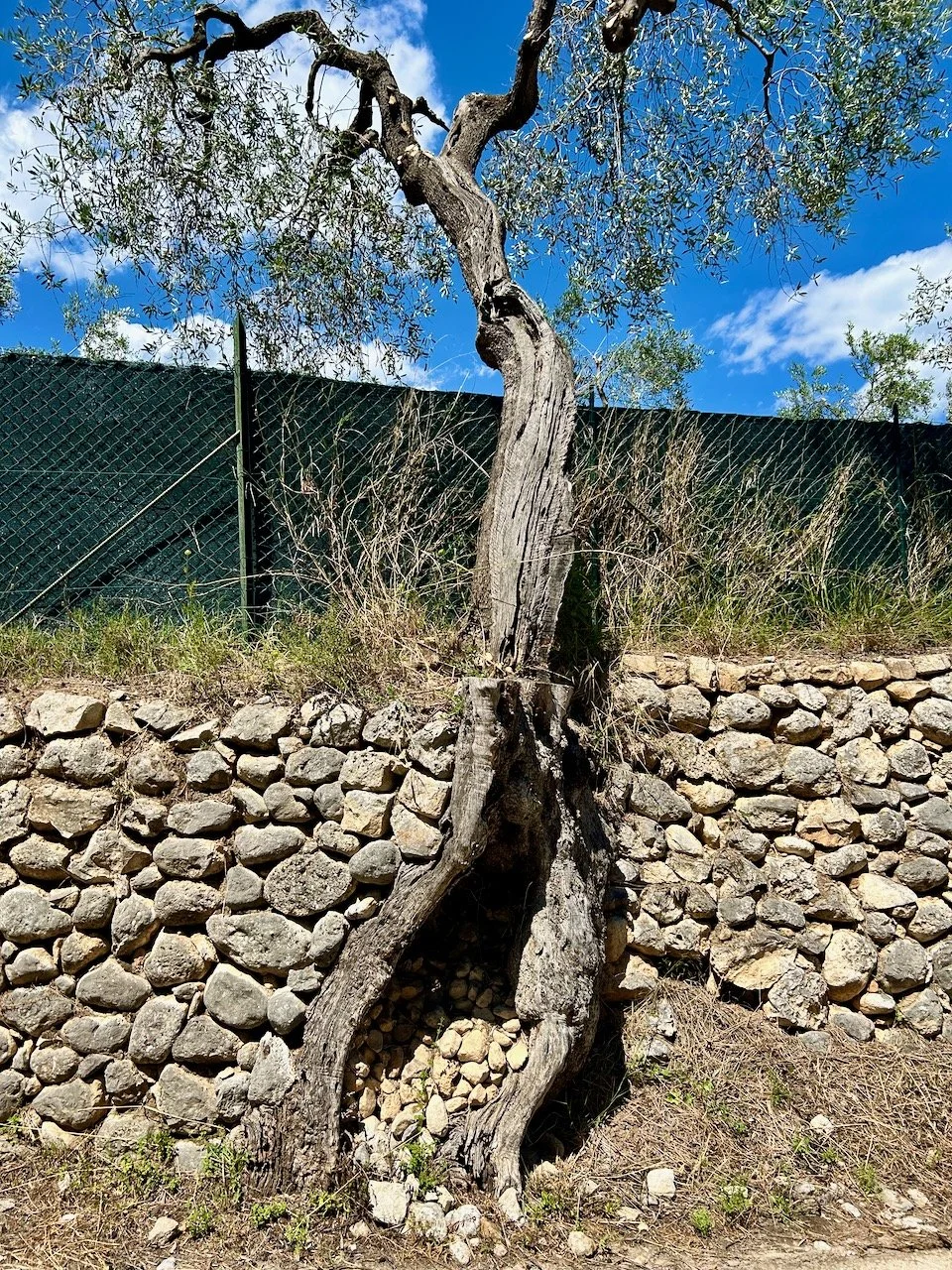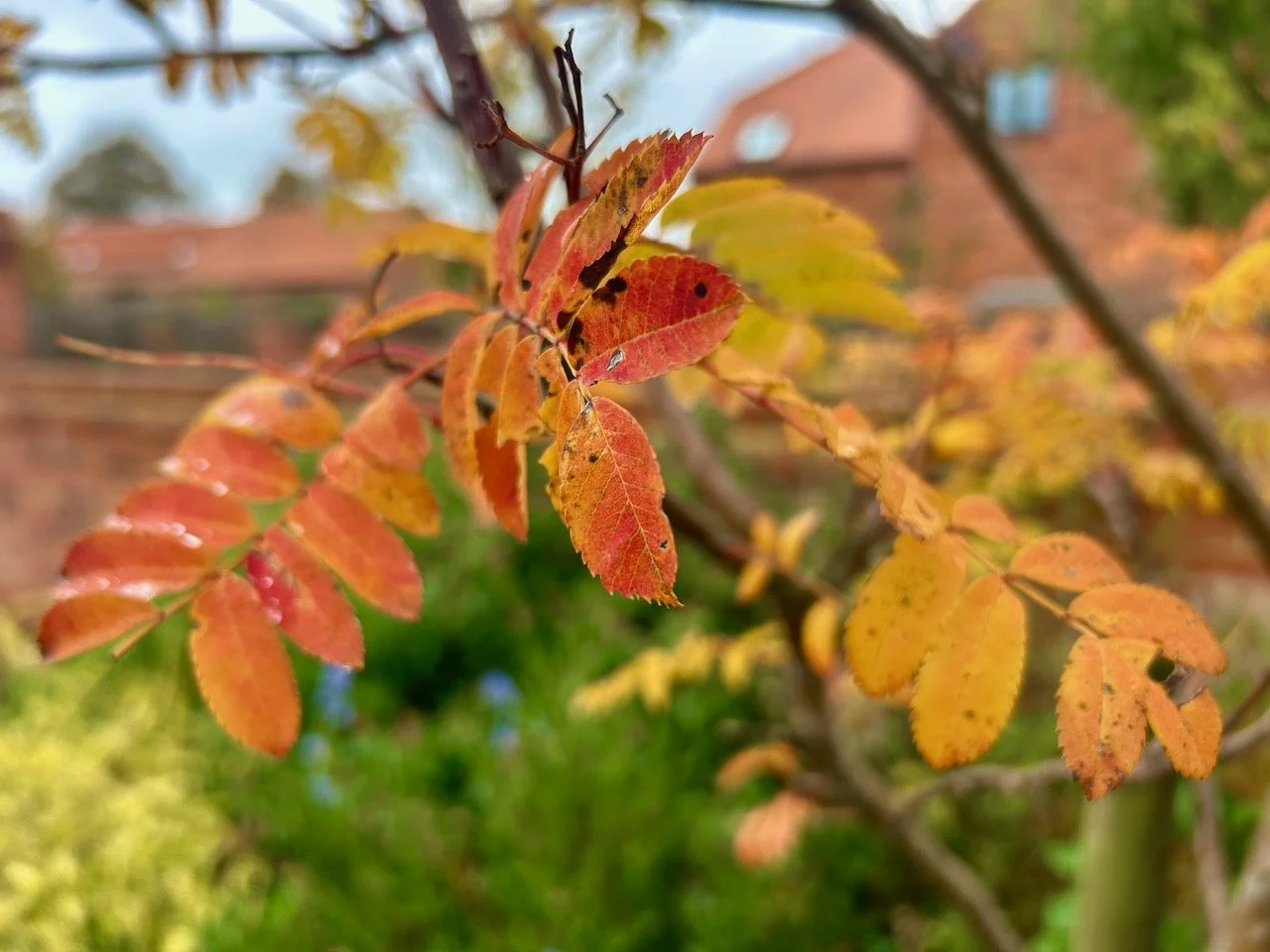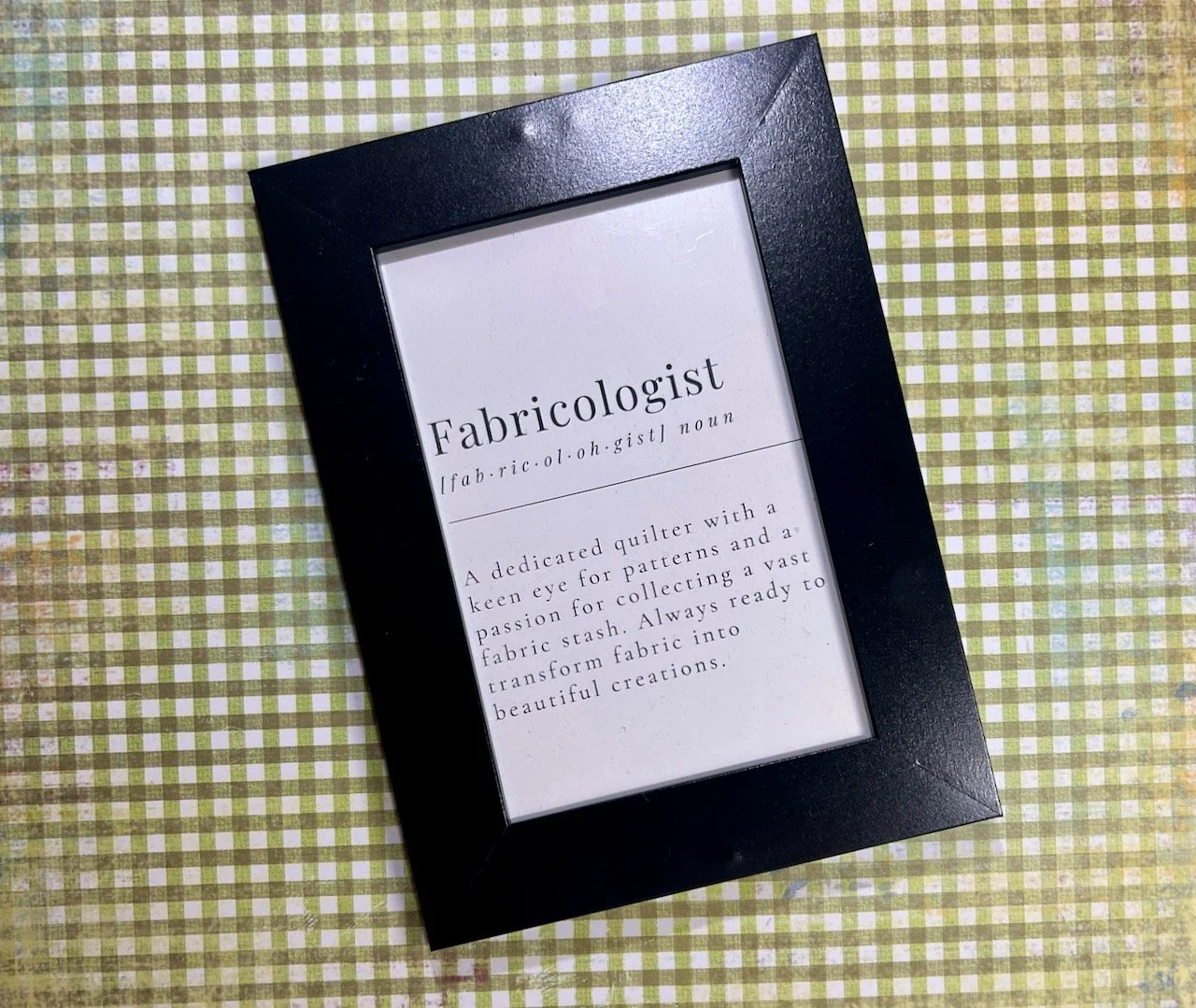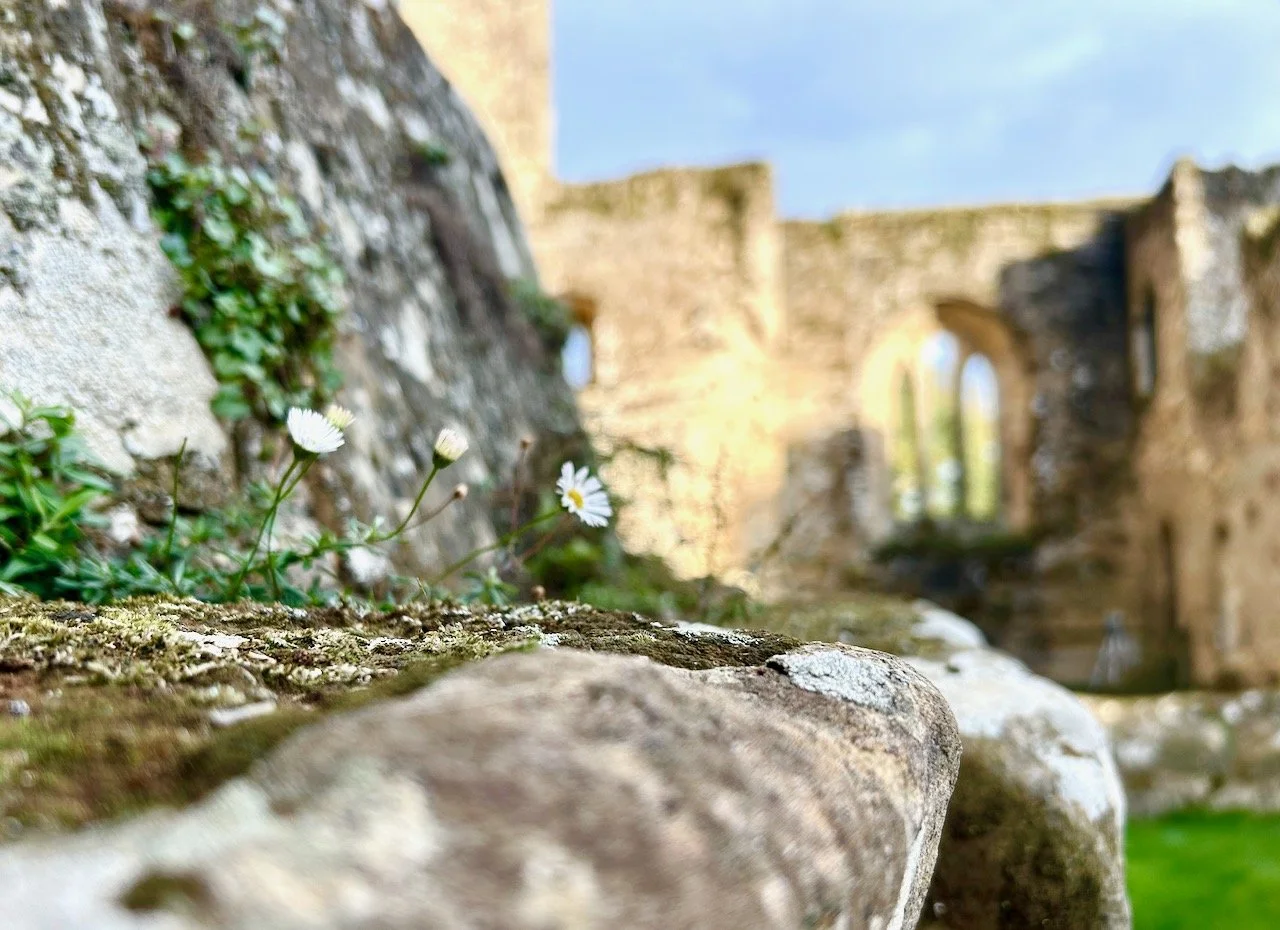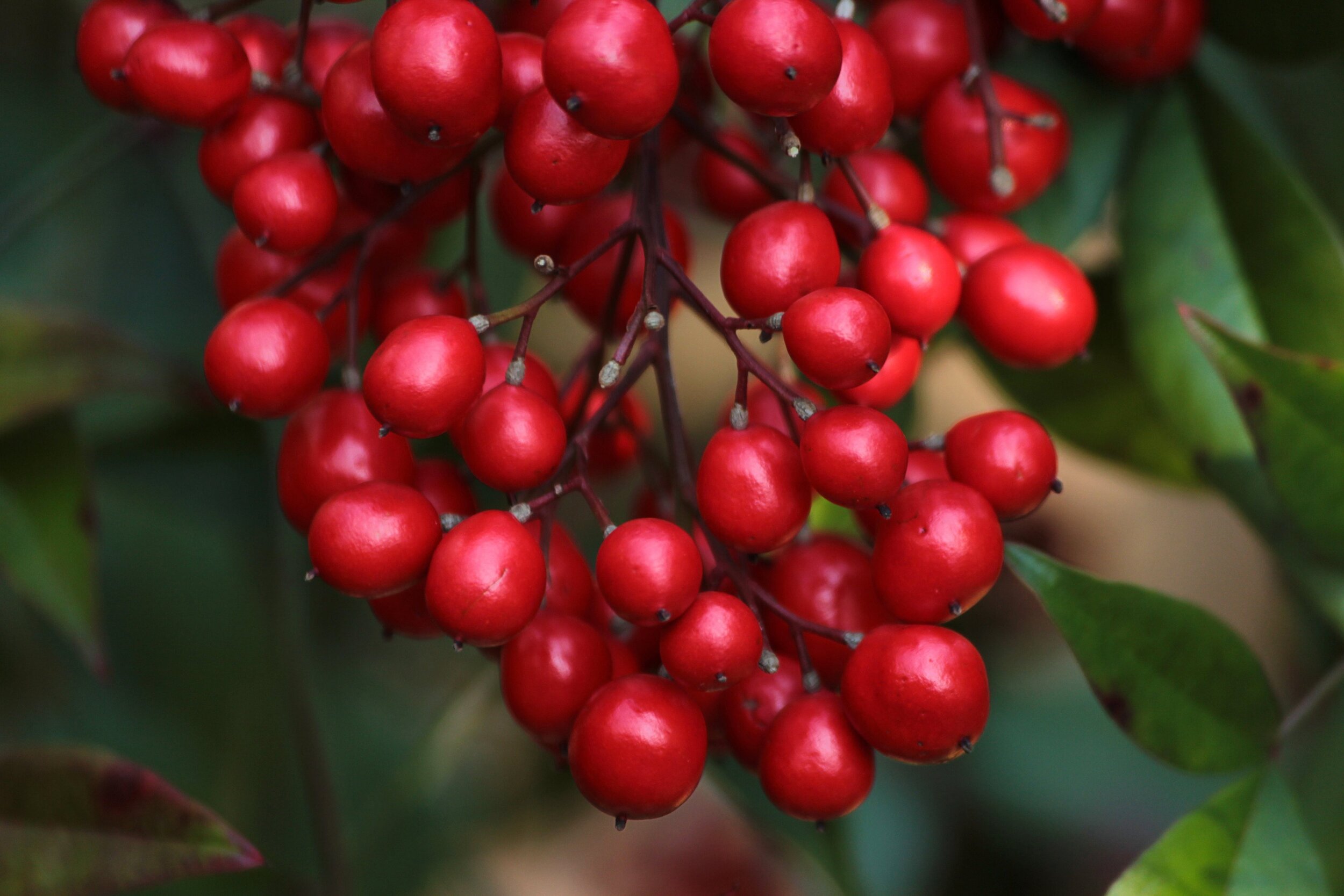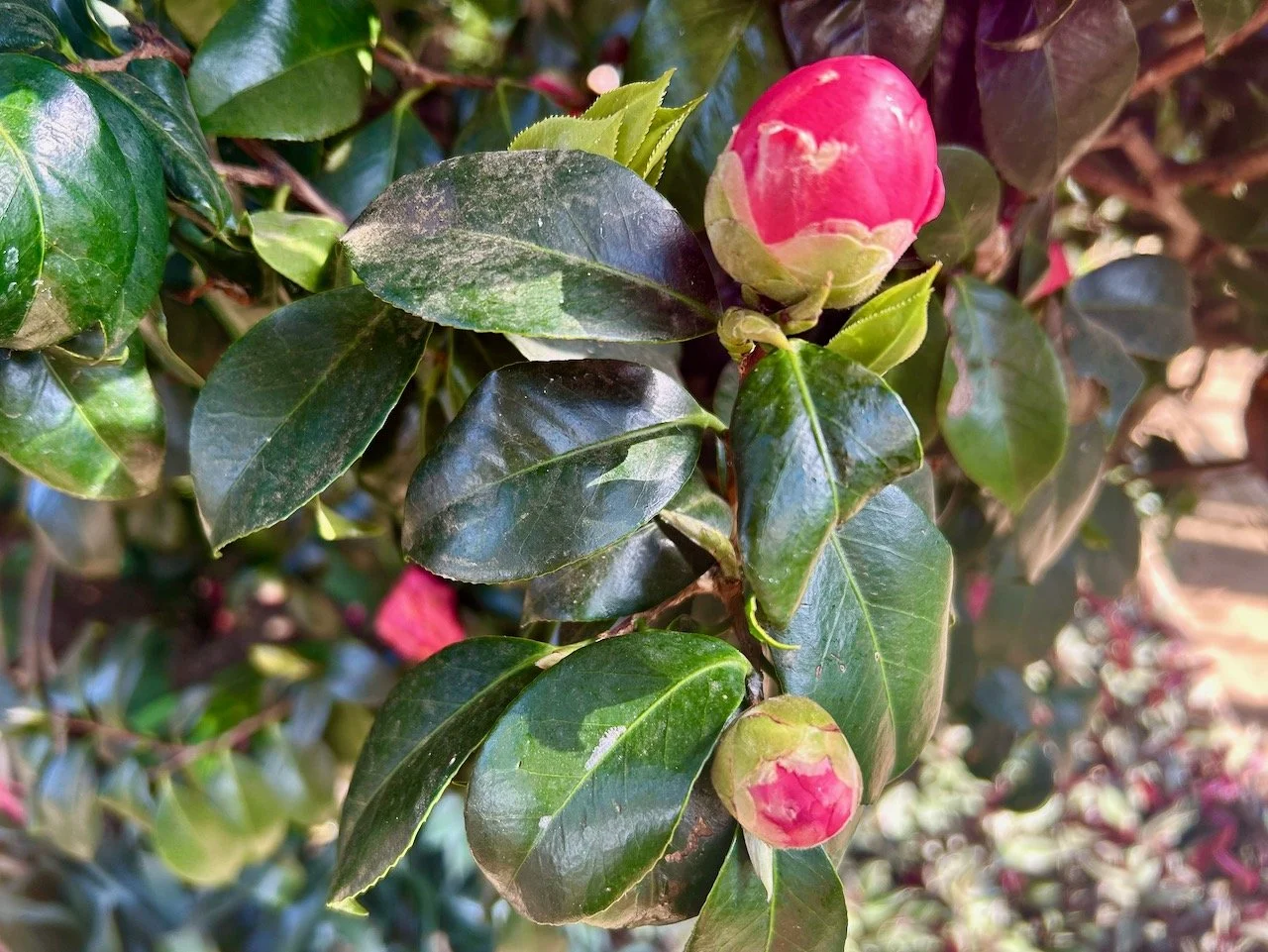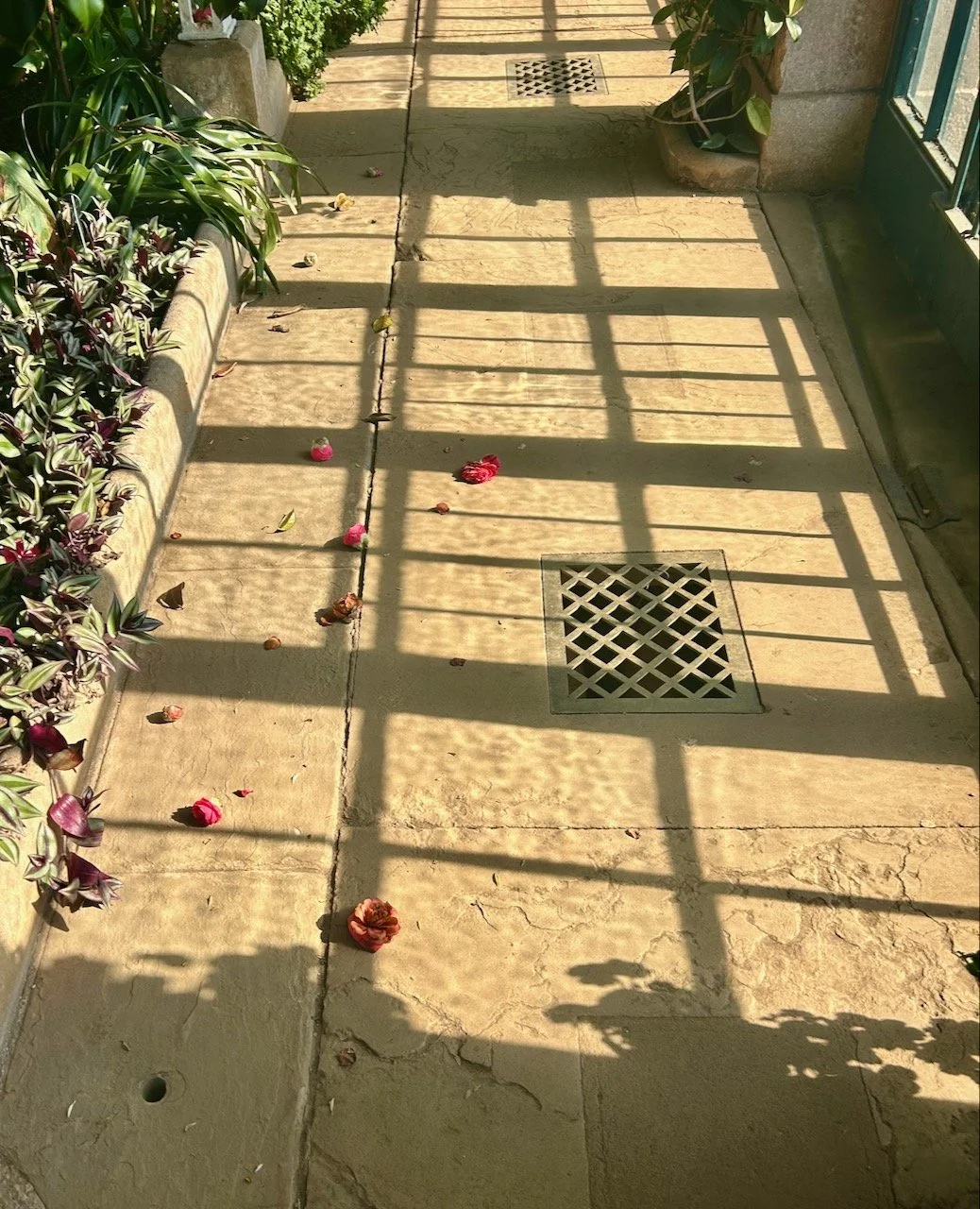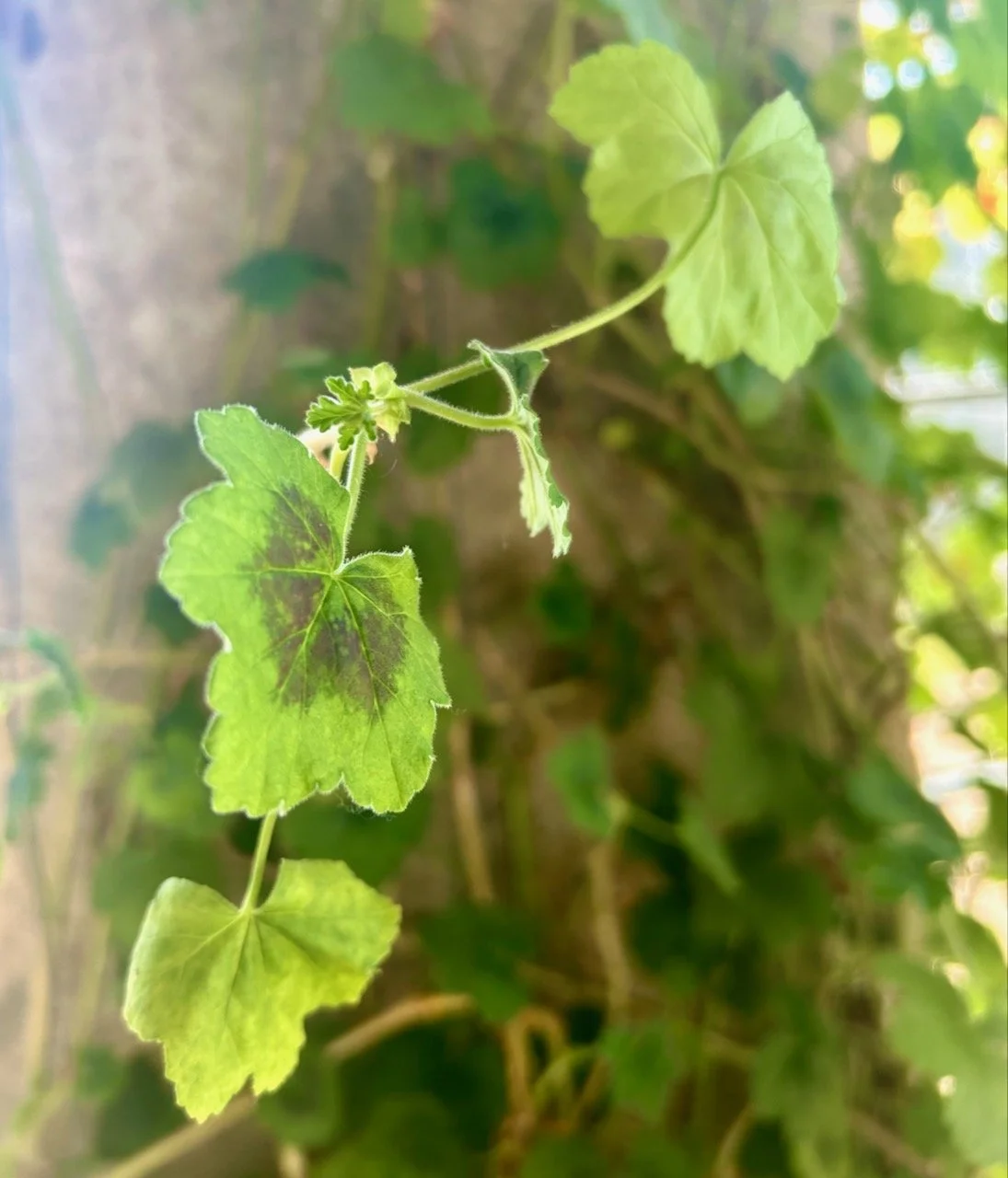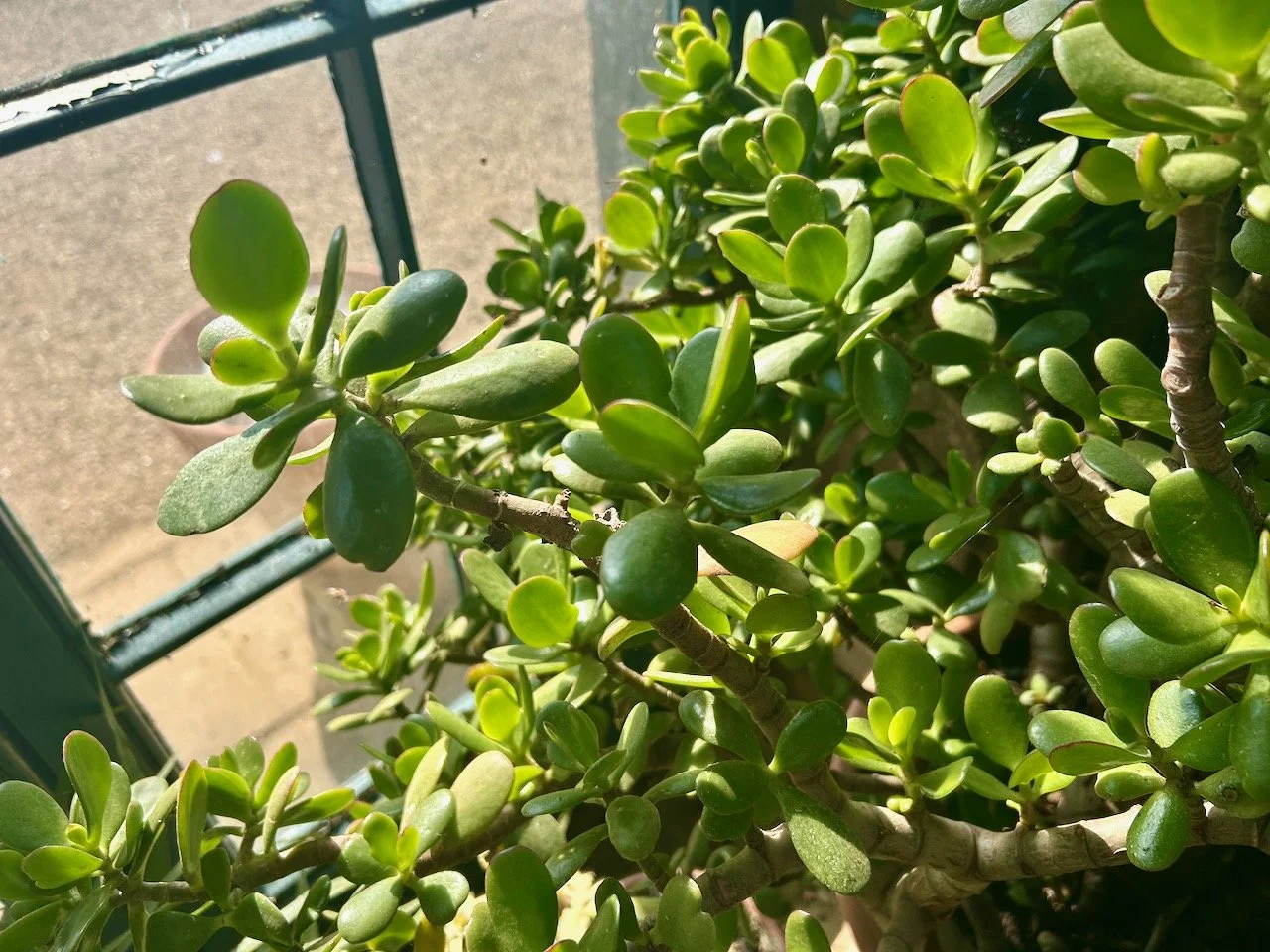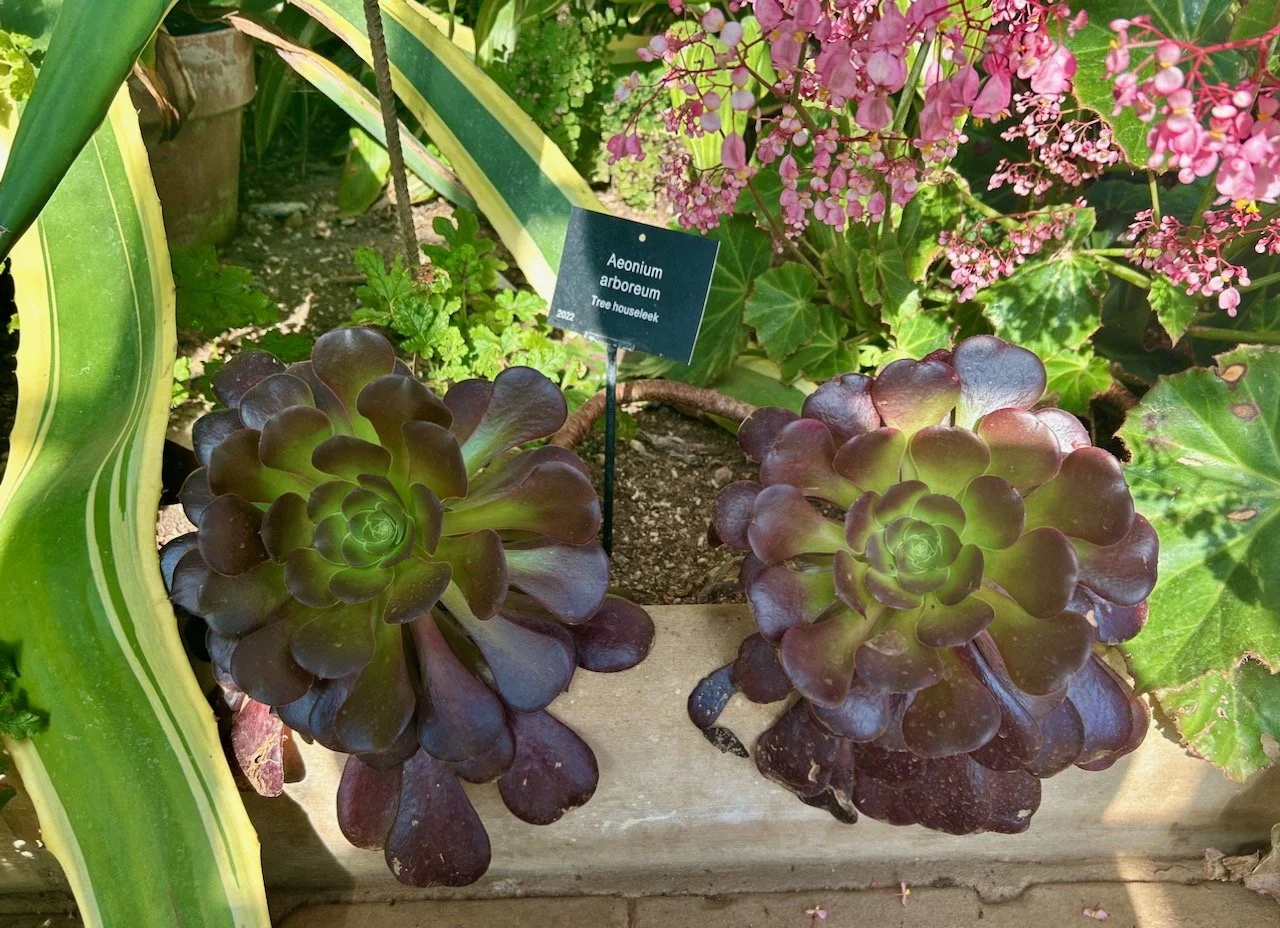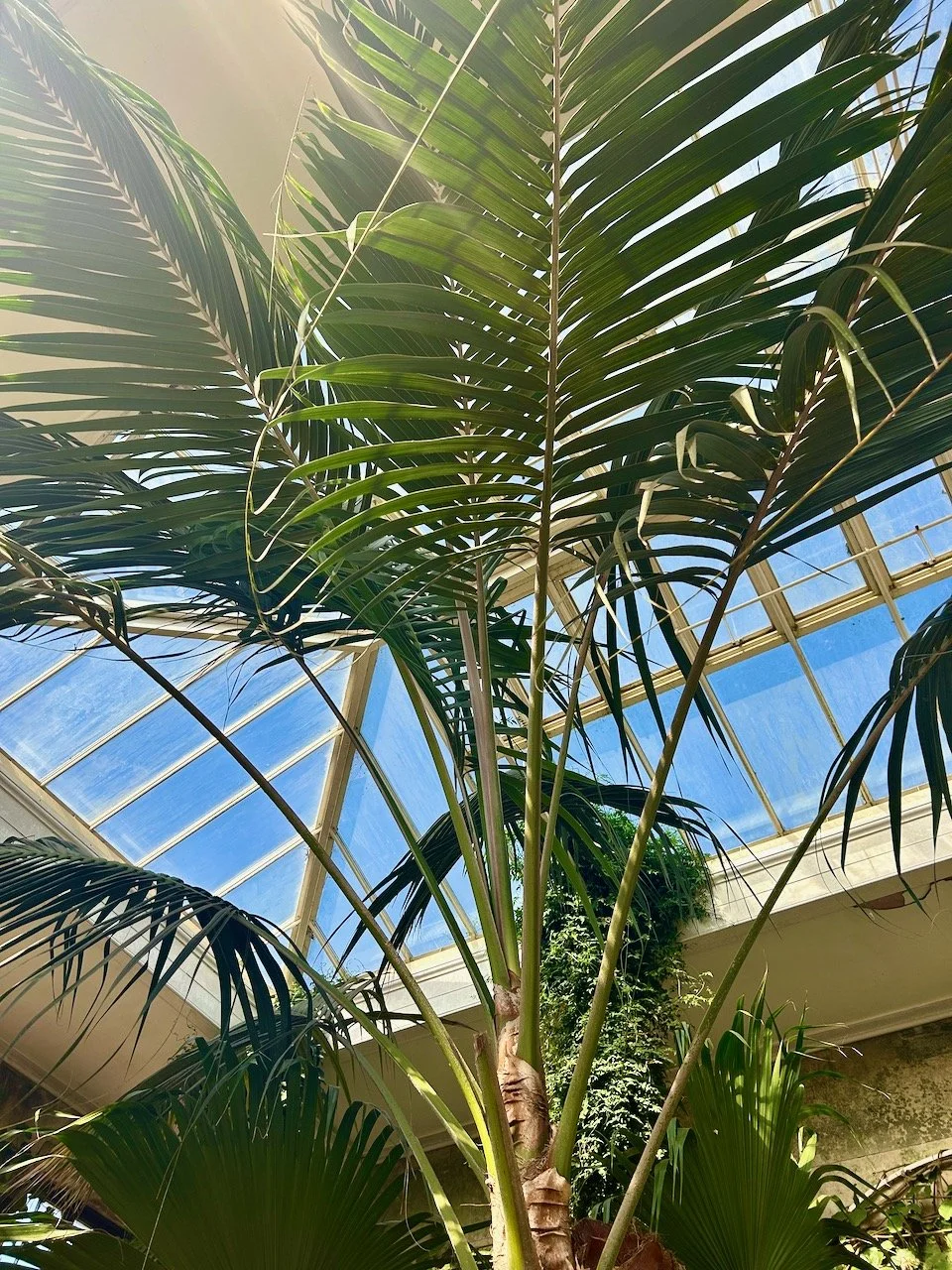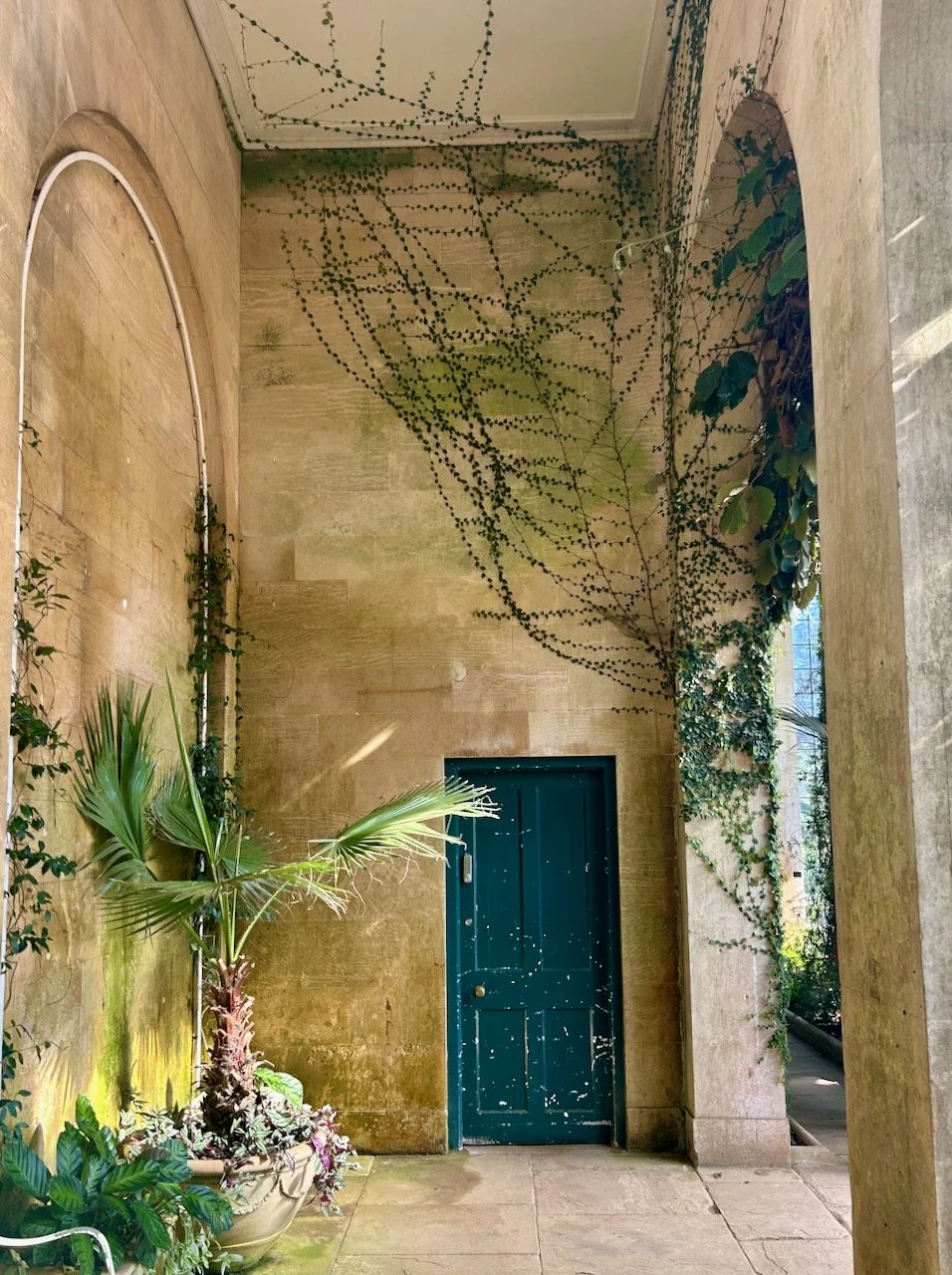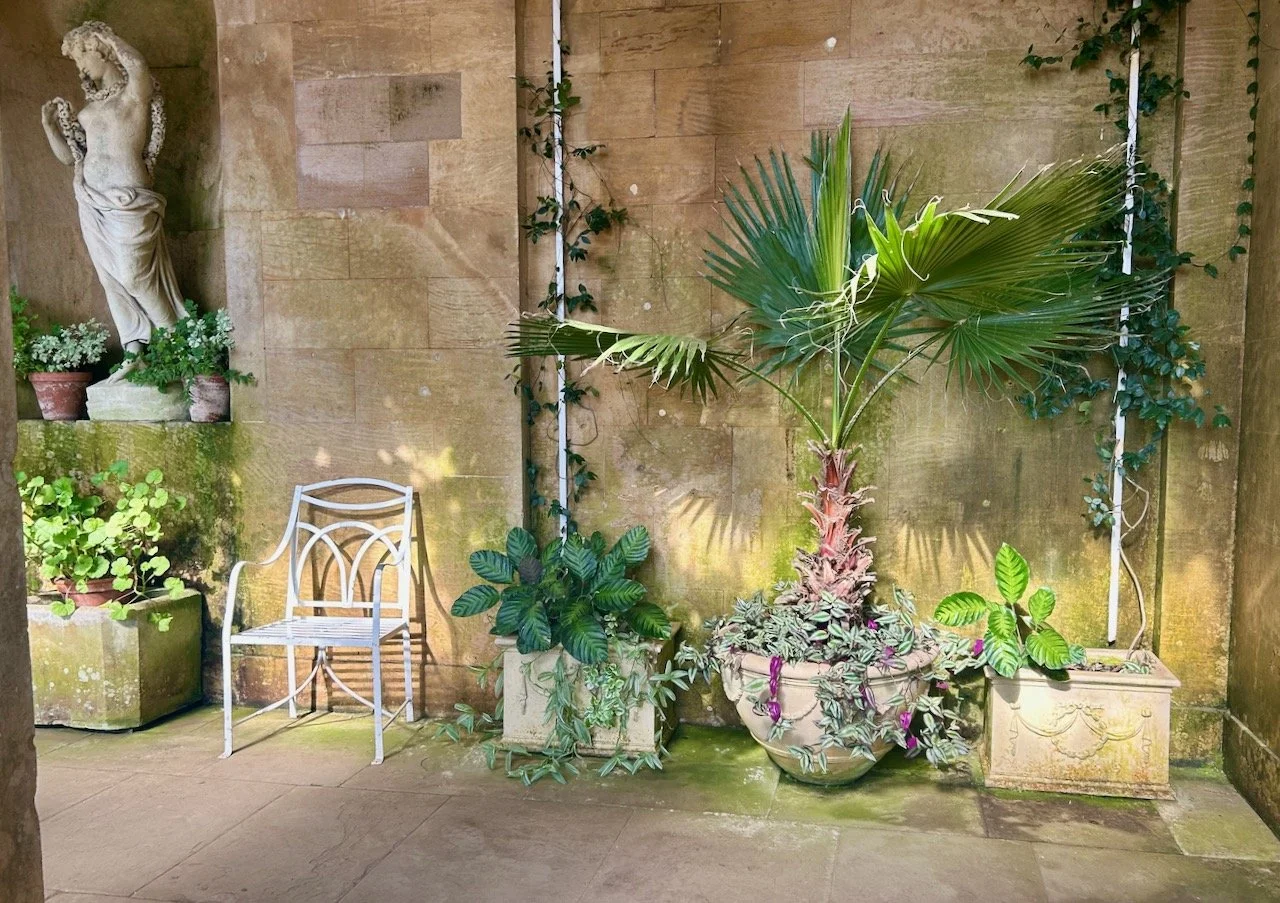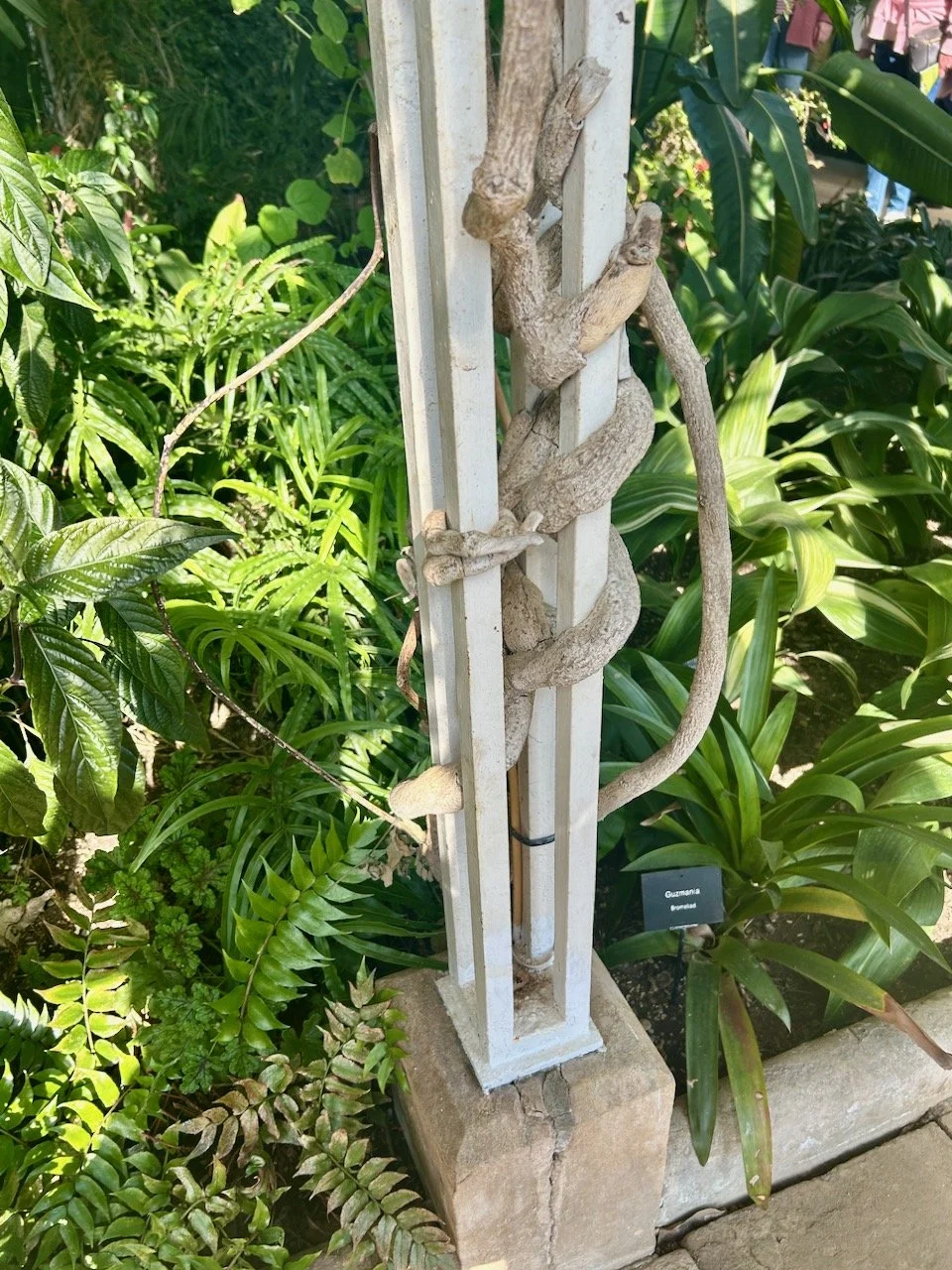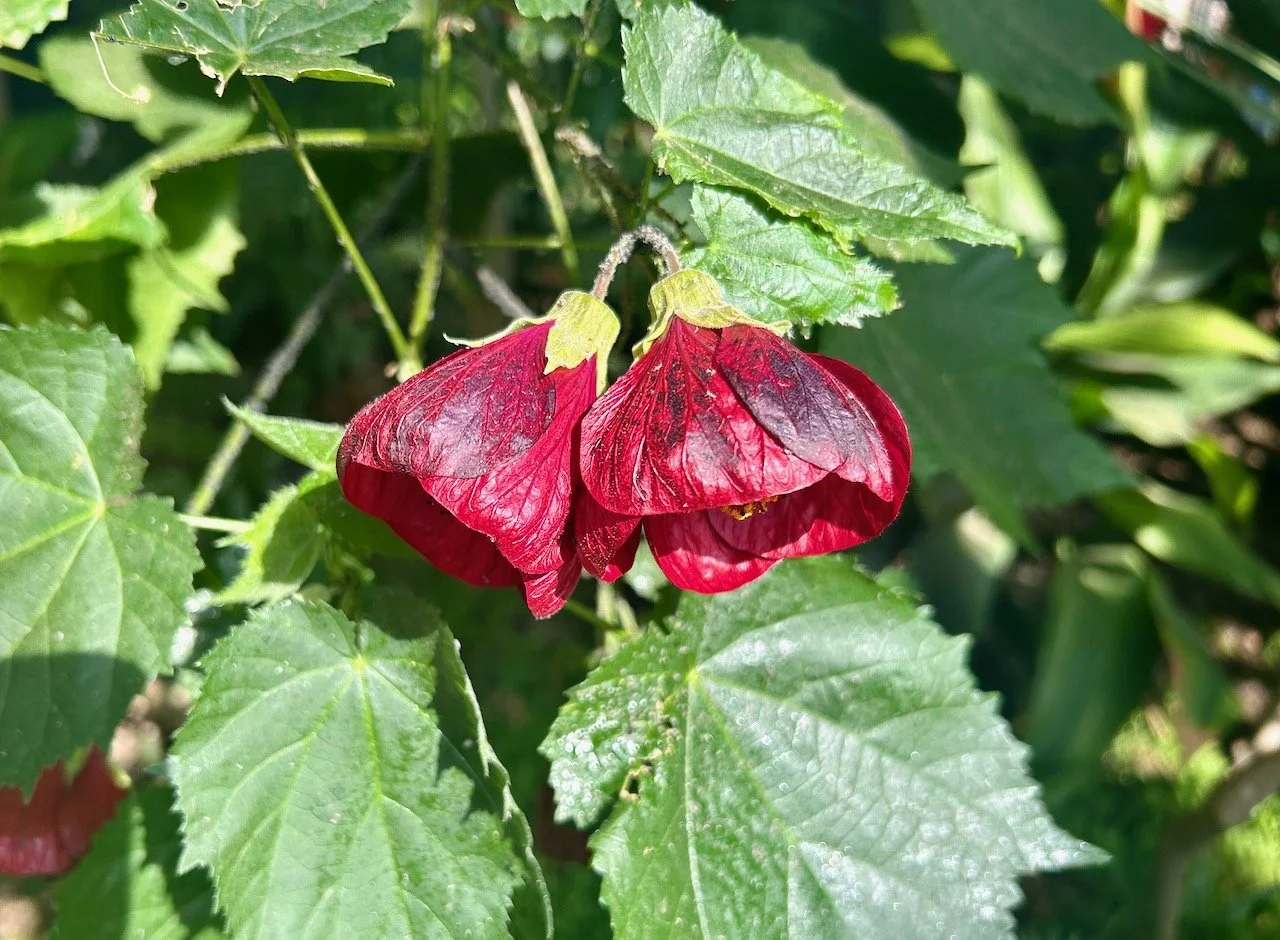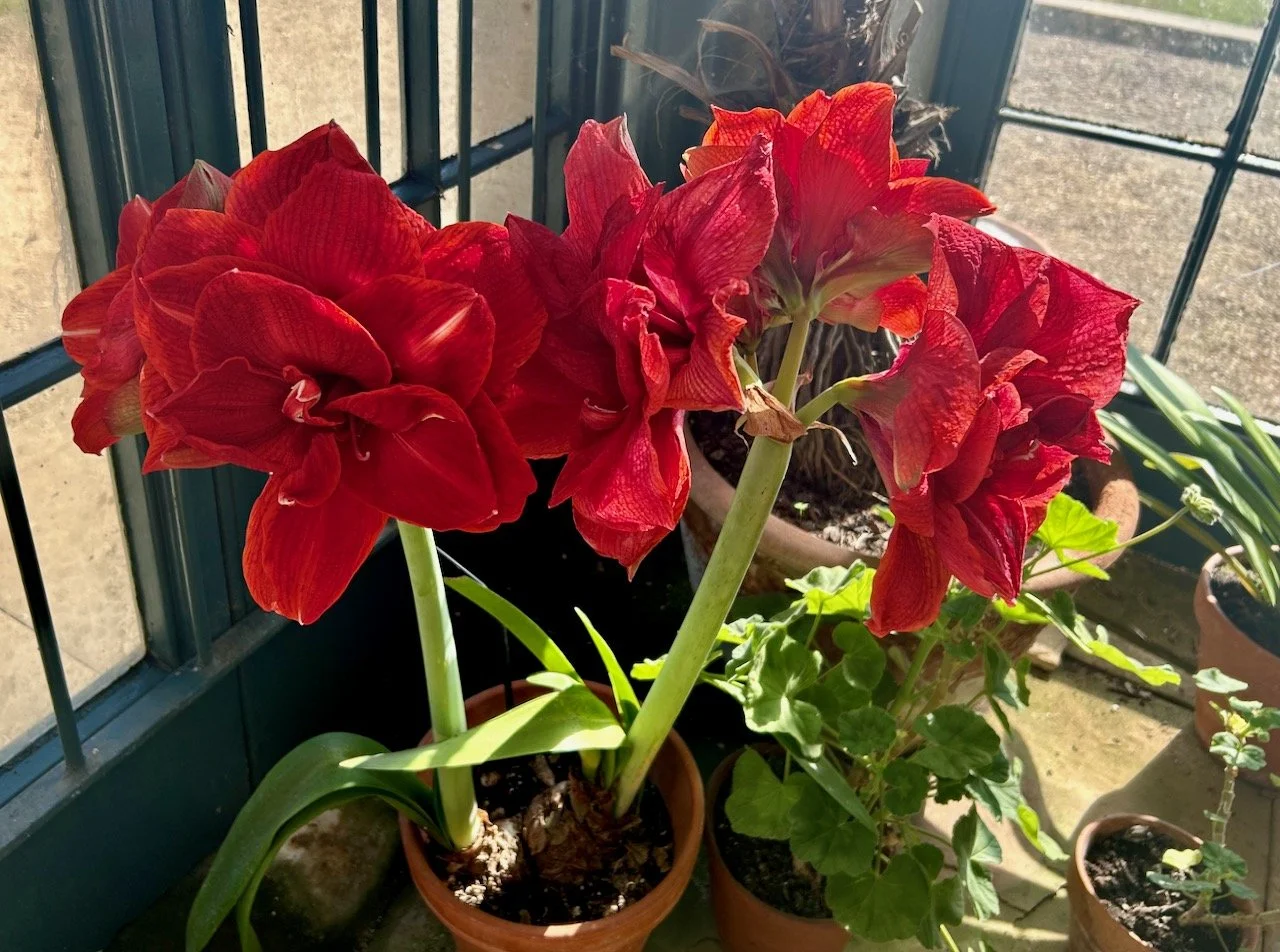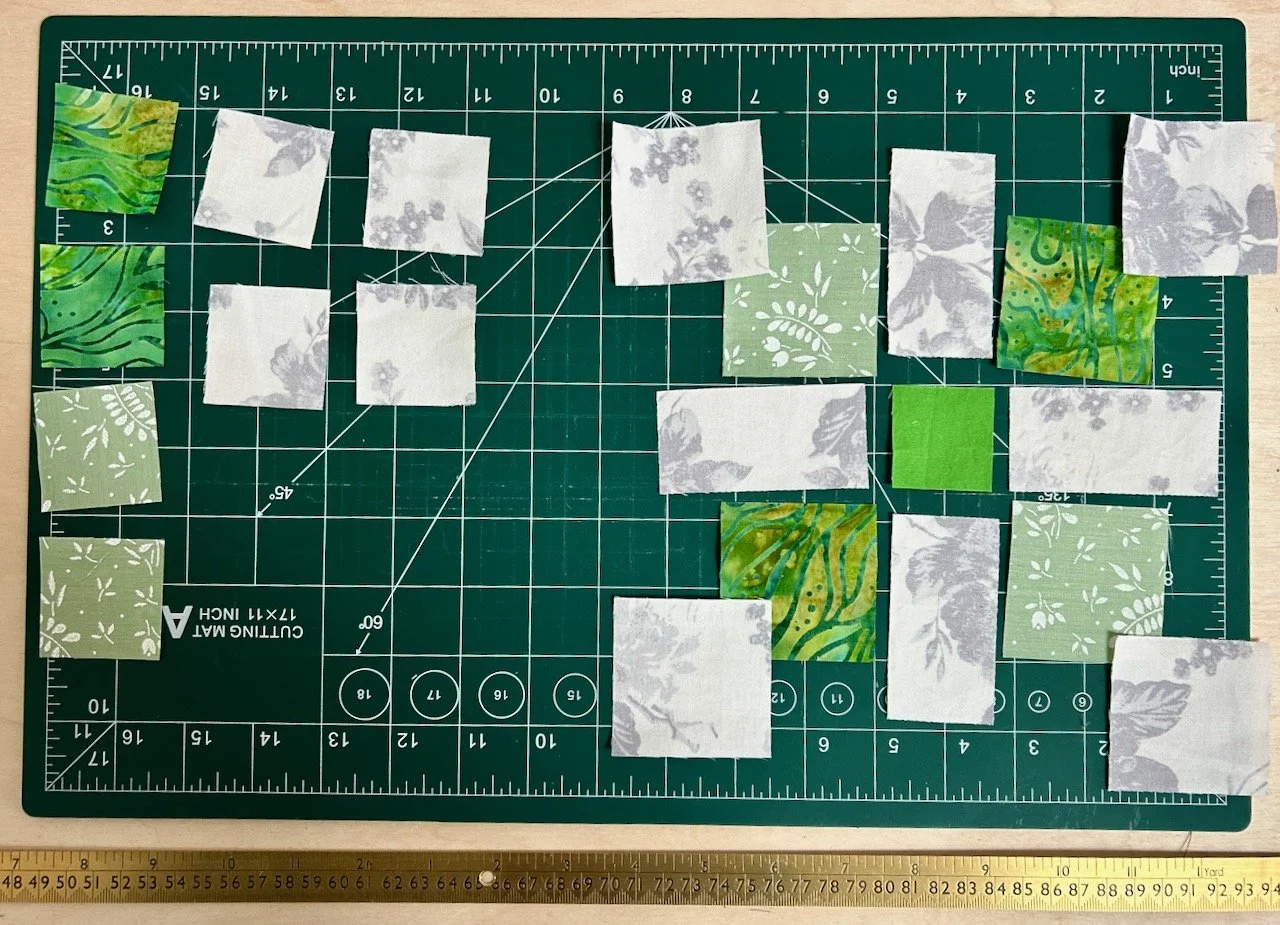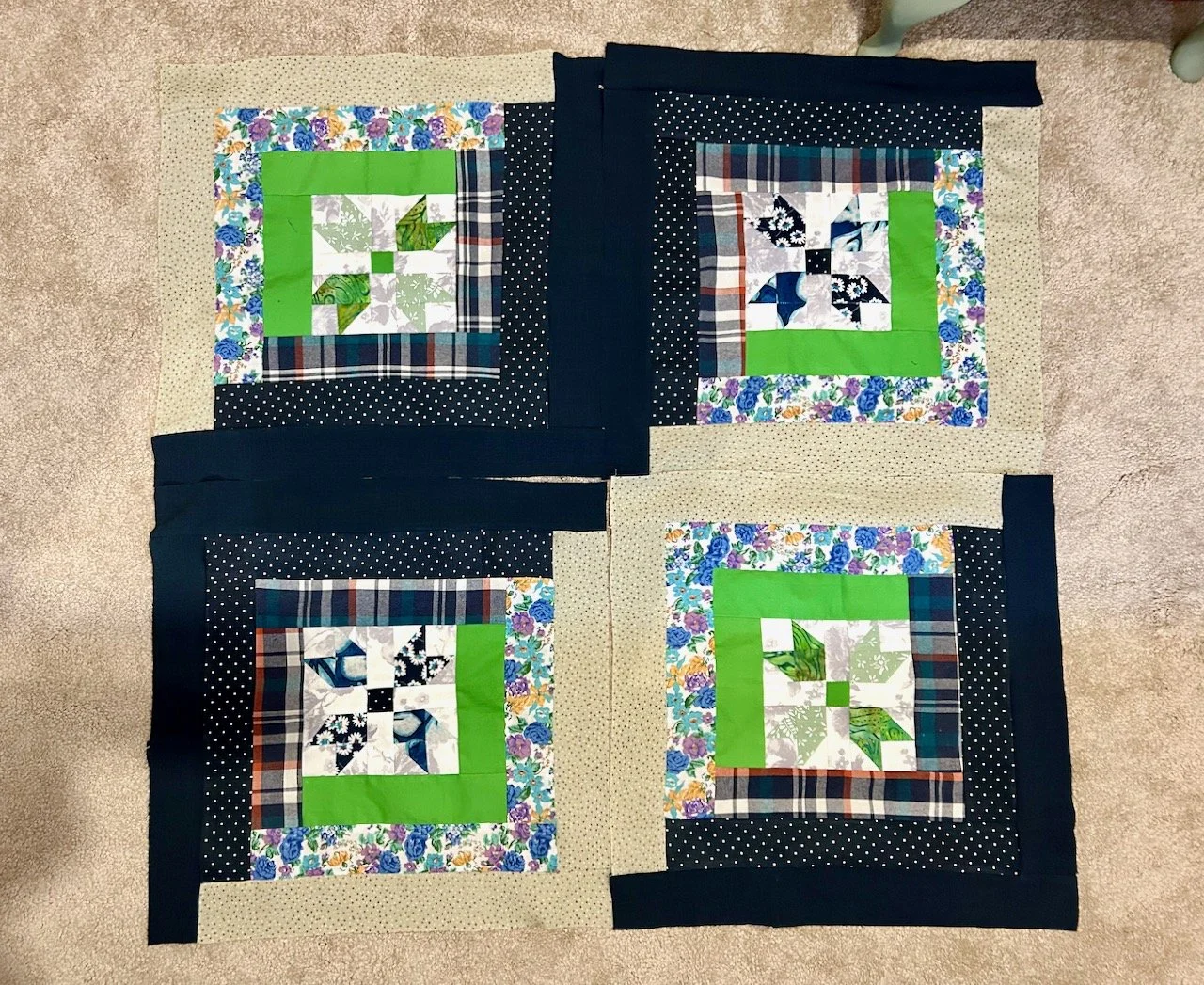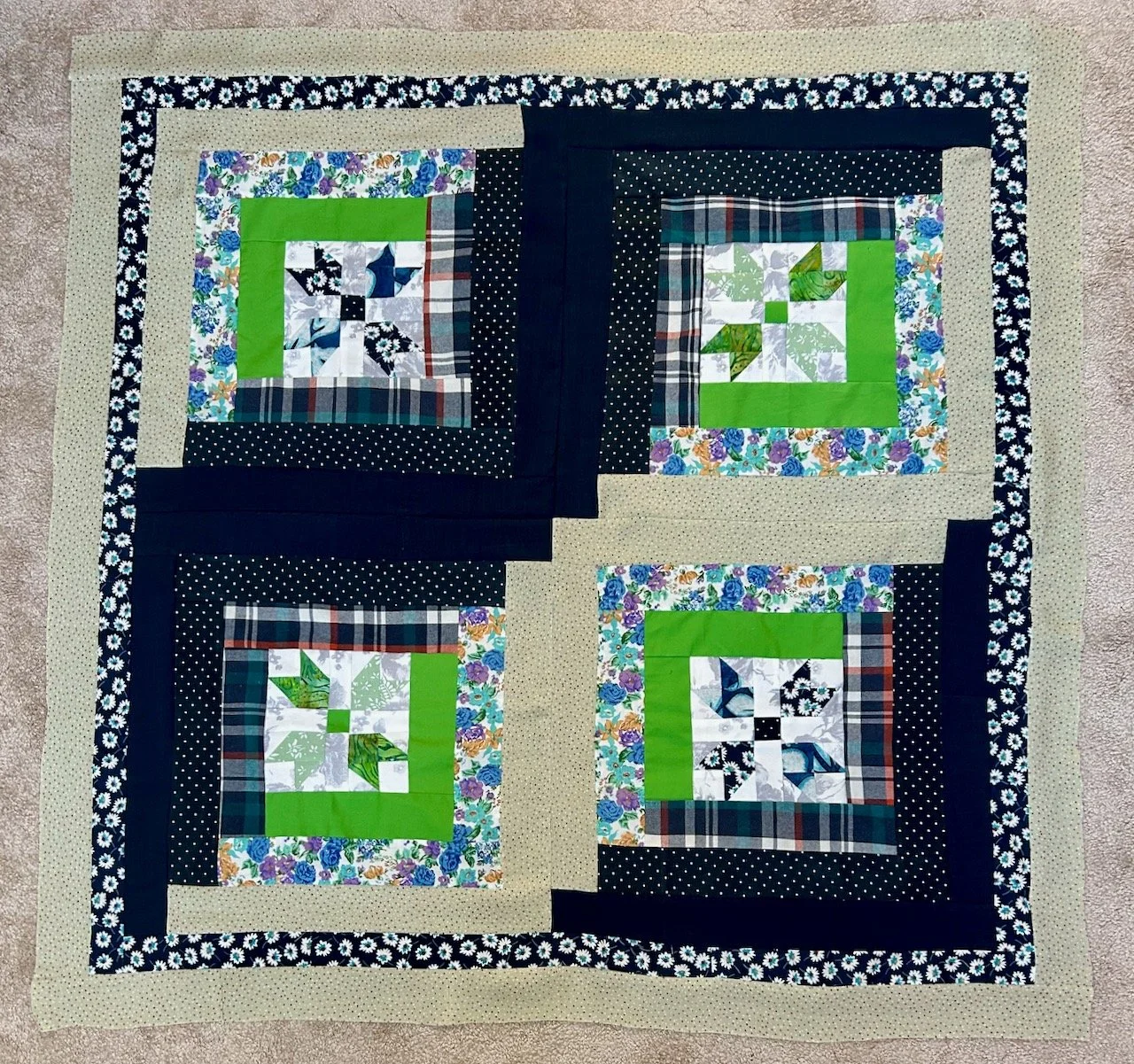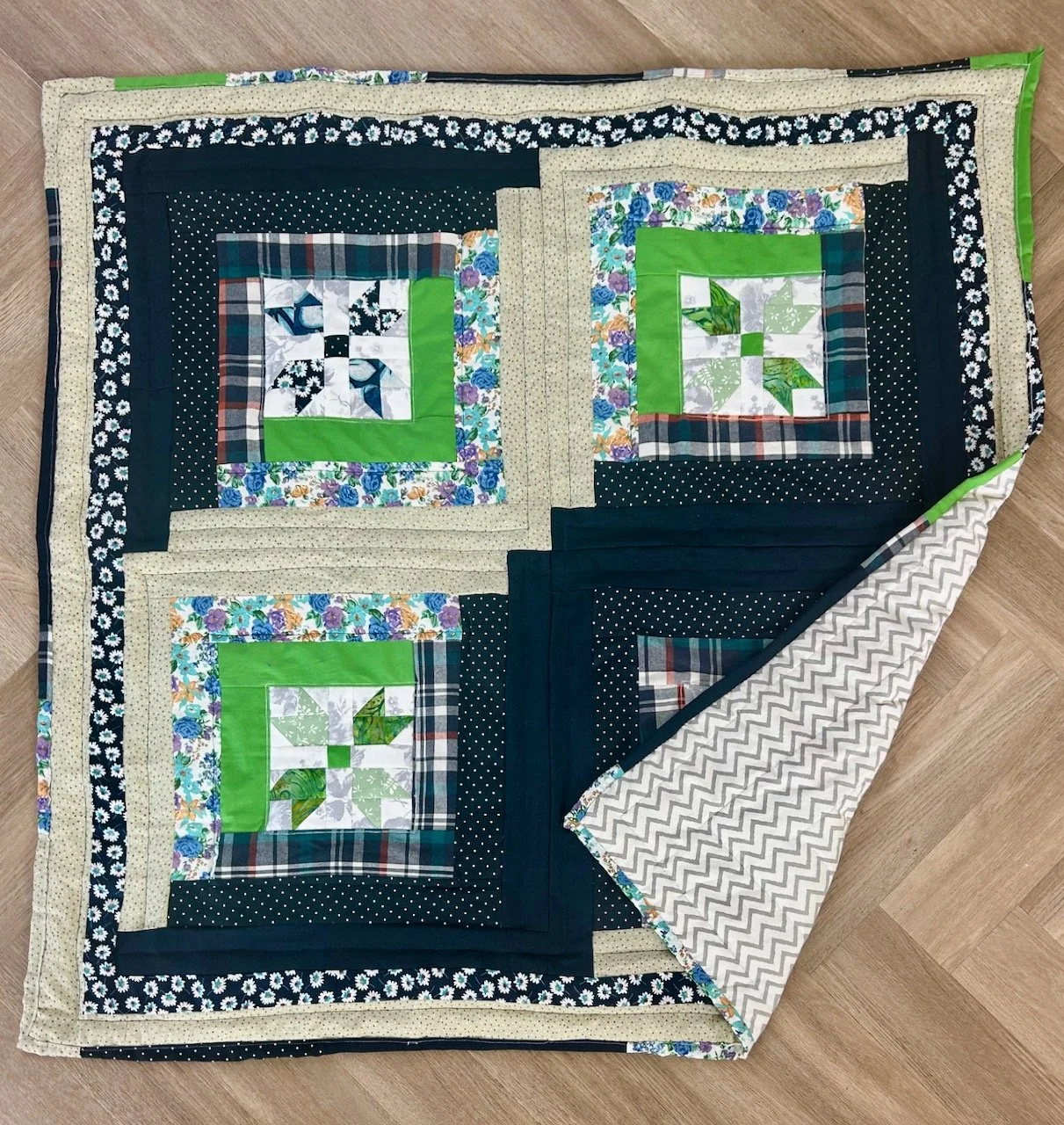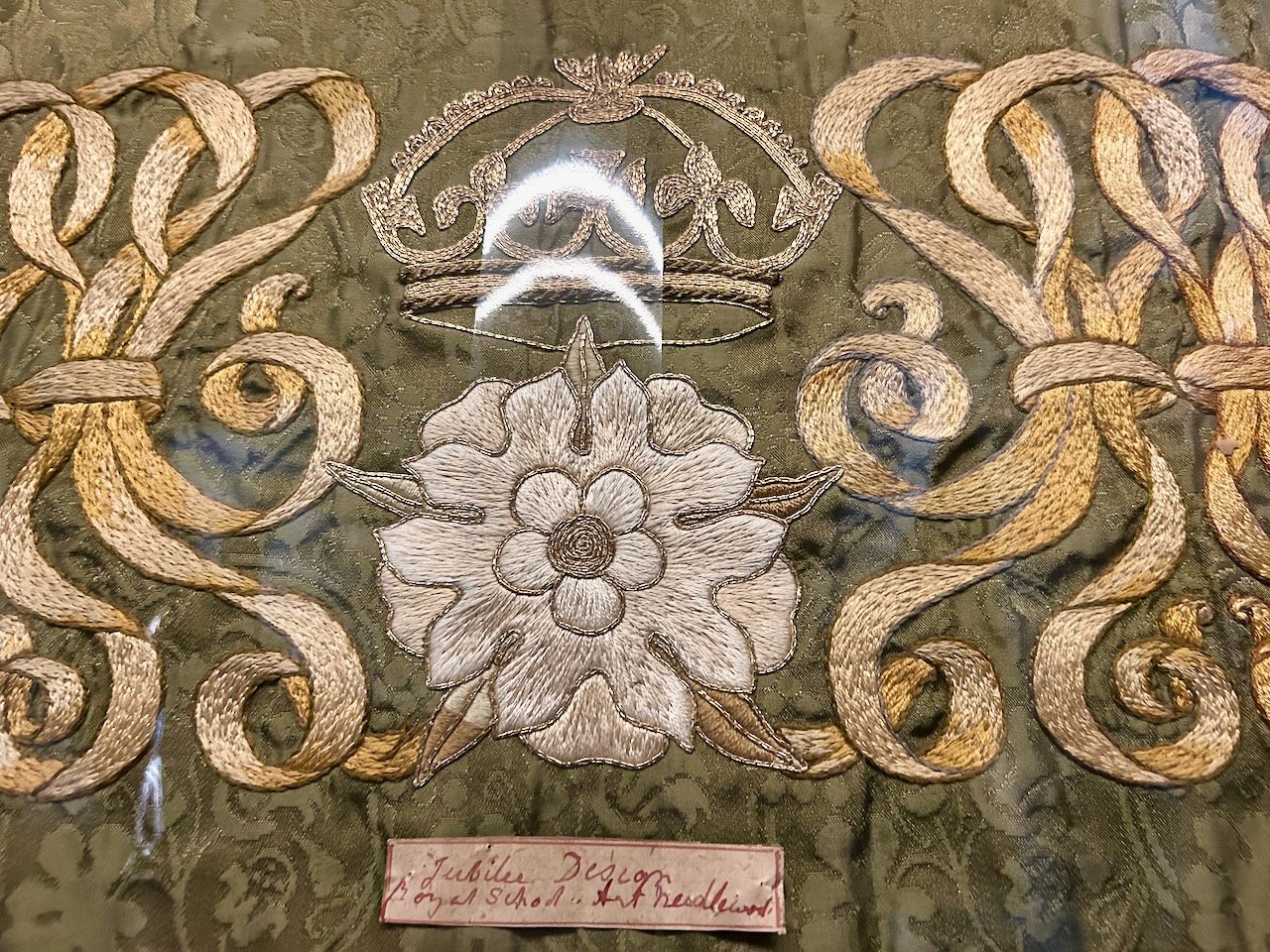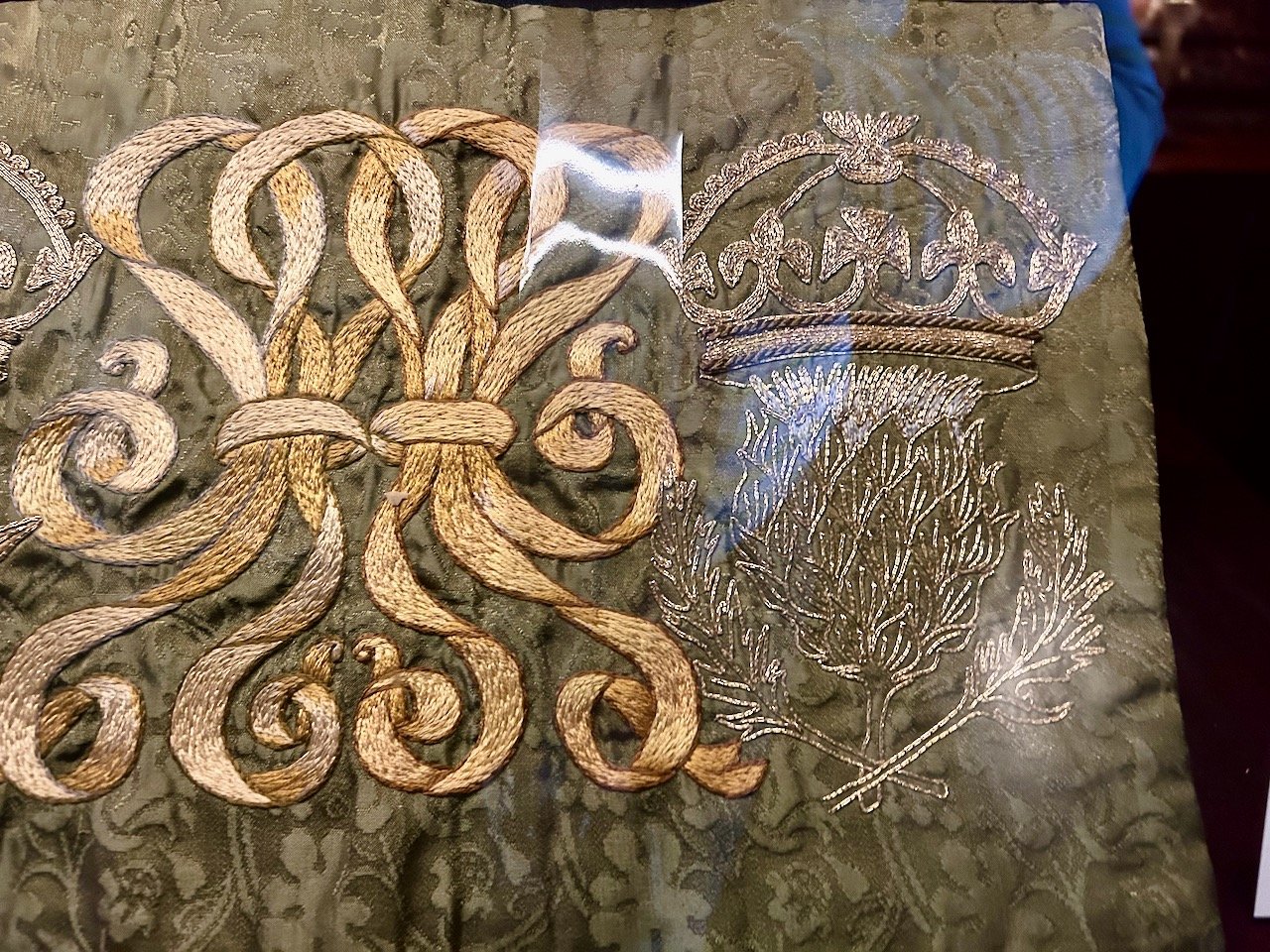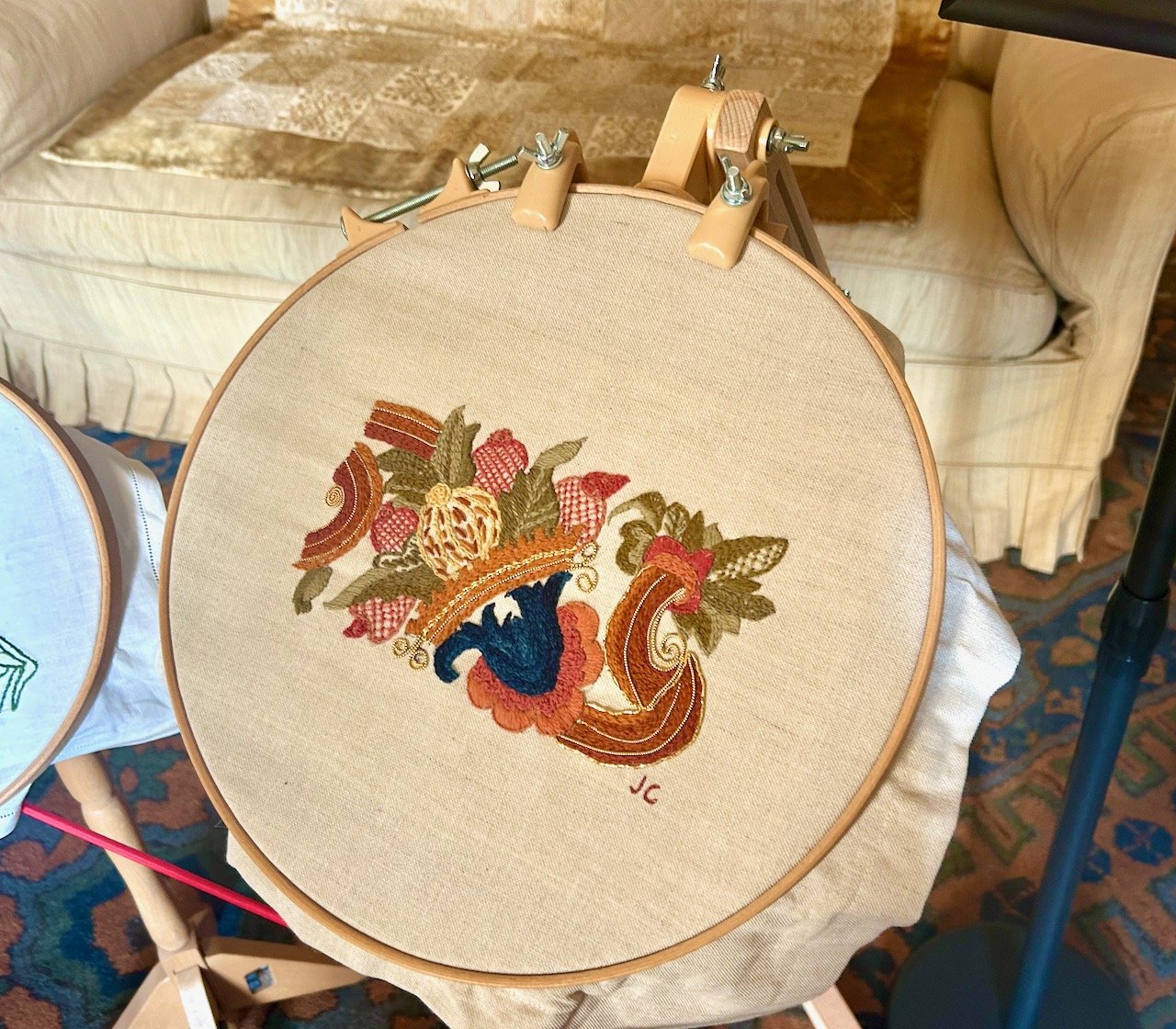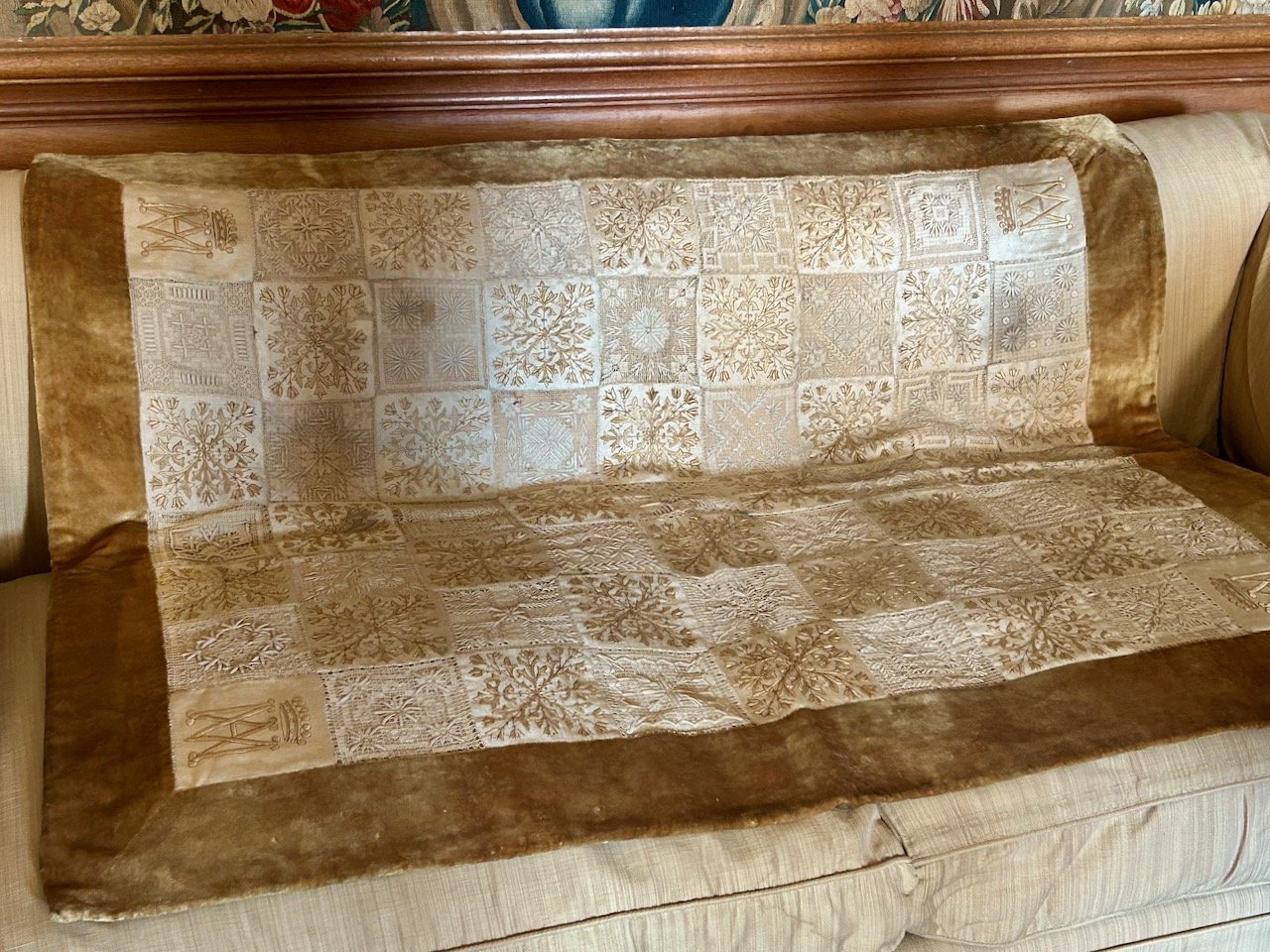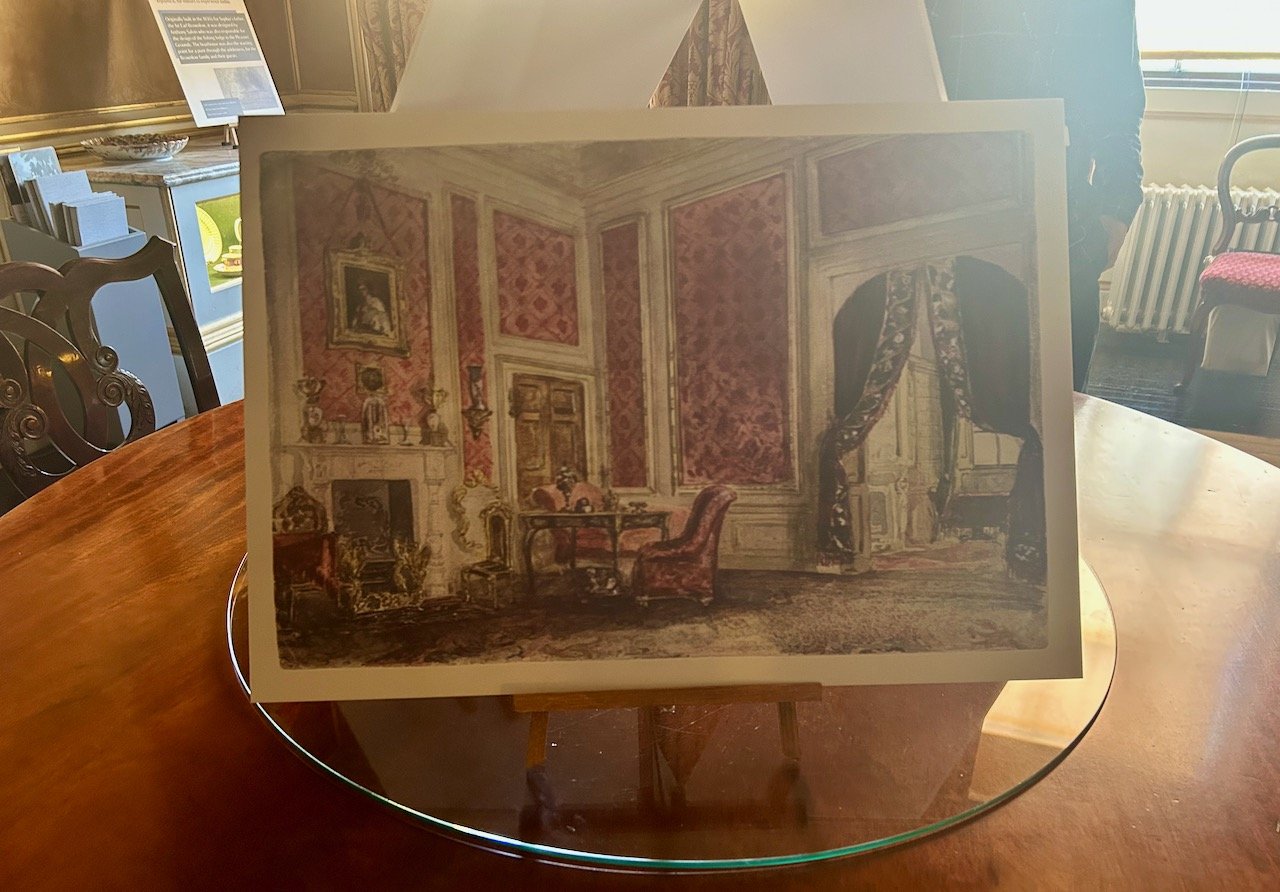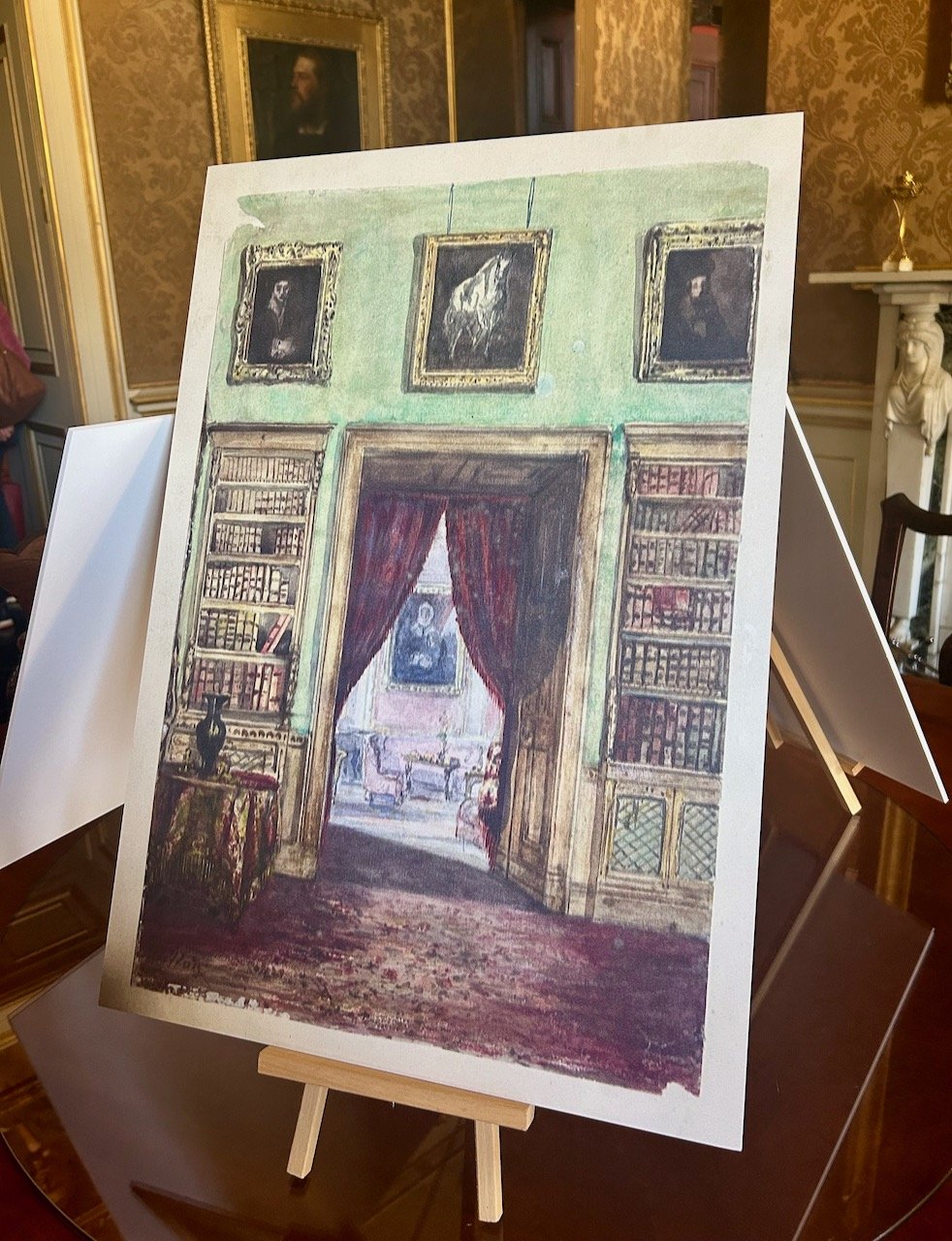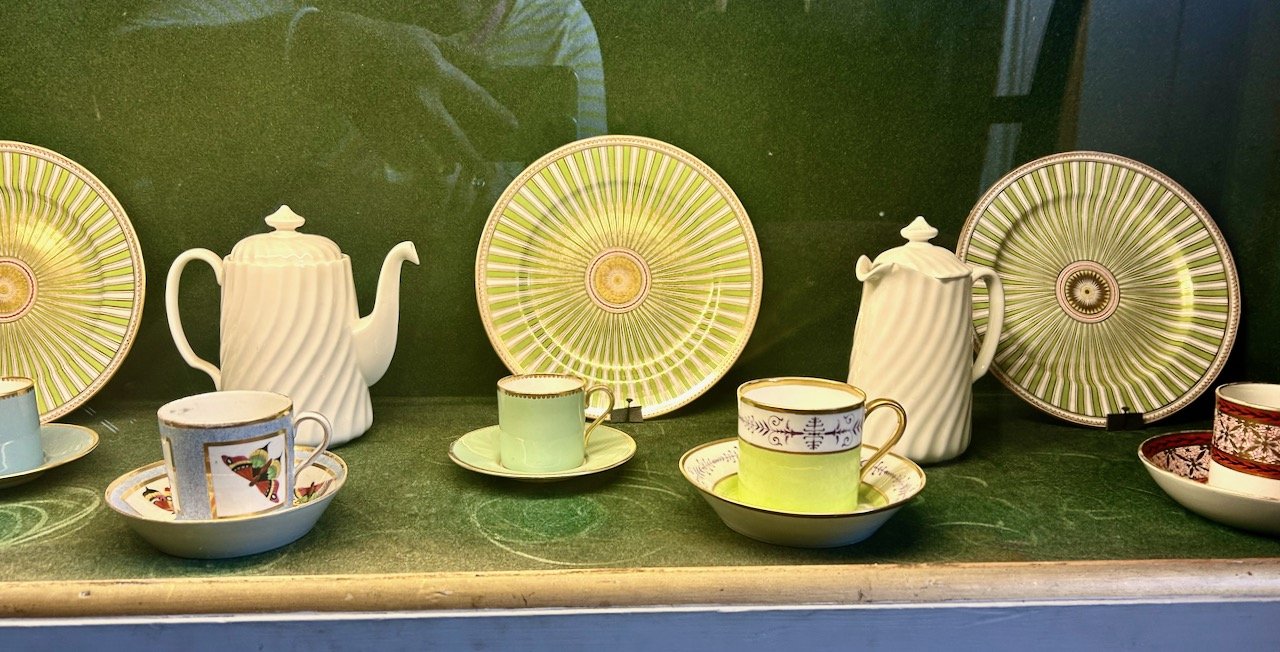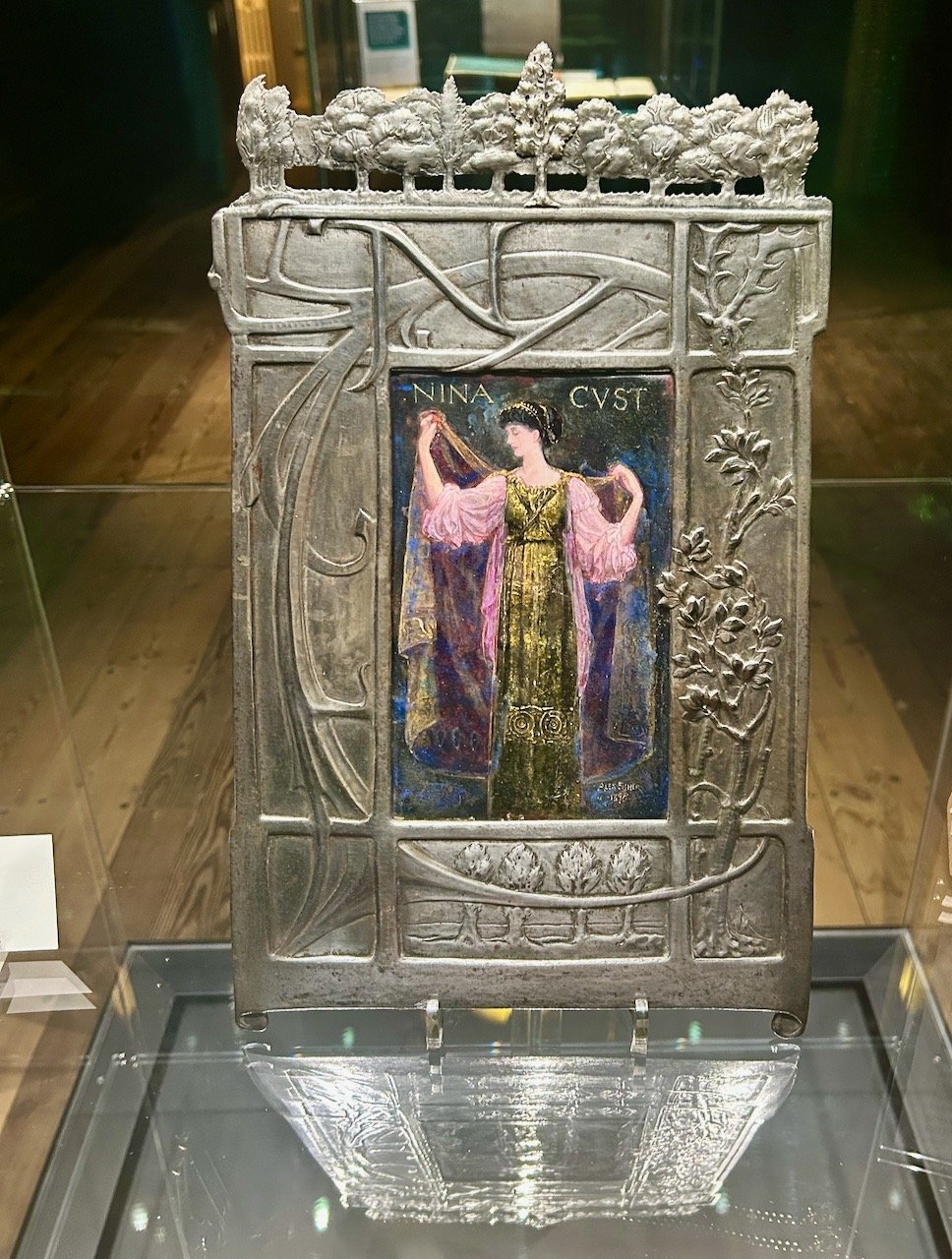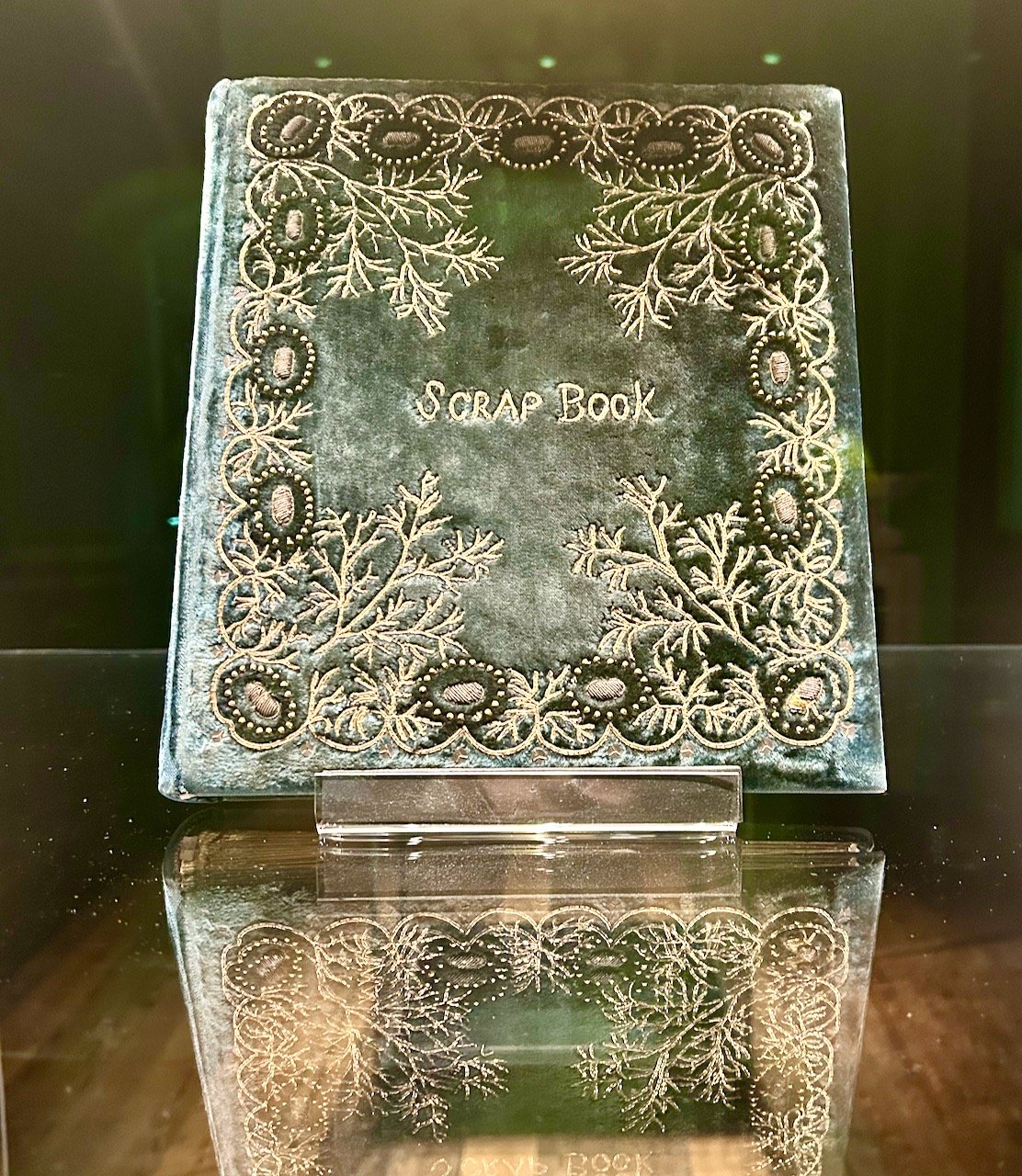It’s been a while since I’ve been able to get inside the orangery which is the gem at the heart of the Italian gardens on the Belton Estate - four years in fact. And in that time we’ve moved house, and closer to it, which in theory should make visiting easier, and more often. And we have visited Belton more than we have done previously, but up until now the conservatory has been closed - yes, I’ve been the one with my nose pressed up against the glass to catch a glimpse of what’s inside!
But the wait is no more; our latest visit coincided by chance with the Spring Equinox, and more importantly a lovely warm and sunny day - and the conservatory was open - yay! And it was so good to be greeted by the lush new growth of the camellias, and a few flowers too.
Like us the camellias were enjoying the warmth of the sun - these flower earlier than their outdoor plants, mainly because of the warmth - when we visited the thermostats were reading a toasty 22.5 C - and it was lovely to enjoy the shadows and dappled sun on the walkways around the main planting.
You may have noticed that I’ve been using the terms orangery and conservatory interchangeably in this post, and that’s partly because the structure now seems to be very much billed as a conservatory at Belton, and I’m sure they would know - but an orangery, sounds so much more romantic doesn’t it, even though there are no oranges growing in this one, which was their original purpose.
The camellias weren’t the only ones enjoying the warmth, the pelargoniums also had lush new growth with almost appeared to be stretching for the best view.
The corners were festooned with pots - and it seemed much fuller than our previous visit which I’m not complaining about - a favourite of mine was this large money plant - and I couldn’t help but give it a little rub, just in case.
What works so well in this space is there’s plants at every height, of every size - from the gorgeous and glossy monstera leaves to the hand sized aeoniums right at ground level, to the tree ferns and bananas reaching for the glass roof.
But anyway, this conservatory was built in 1830 for the first Earl Brownlow by Sir Jeffry Wyatville and stands on the site of an older Belton Manor which was demolished in 1688. It’s a revolutionary cast iron and glass structure, finished in local Ancaster stone and was the first domestic conservatory to be built this way.
My favourite part of this favourite building is towards the back - it’s a cooler spot, slightly less densely planted but with glorious visitas - from the plants climbing up over the door and onto the ceiling, the sculptures and the many alcoves - all filled with plants.
It really is a special space - and these two vistas and photos of them (above and below) are the ones that have made heart sing from this visit, and reminded me of the feeling I had when we first walked into Huntes Garden in Barbados, and reoccurs each time I look at those photos. Even now.
In the 1990s the conservatory closed for repairs after the iron cramps and ties used to hold the stone in place rusted and expanded causing structural damage. These and the already replaced roof was also repaired.
Amazingly at one point in its more recent history this had been used as a cafe - a fine setting for some tea and cake I’m sure, but oh so much better with plants in. On this visit I couldn’t fail to notice a couple of red flowering plants, I think the one below is a Callianthe, and below that are the more recognisable Amaryllis, also flowering.
It really is a joyous place, and still my favourite part of the gardens at Belton so I’m hoping there’ll be plenty more visits, and chances to have several more looks inside.

